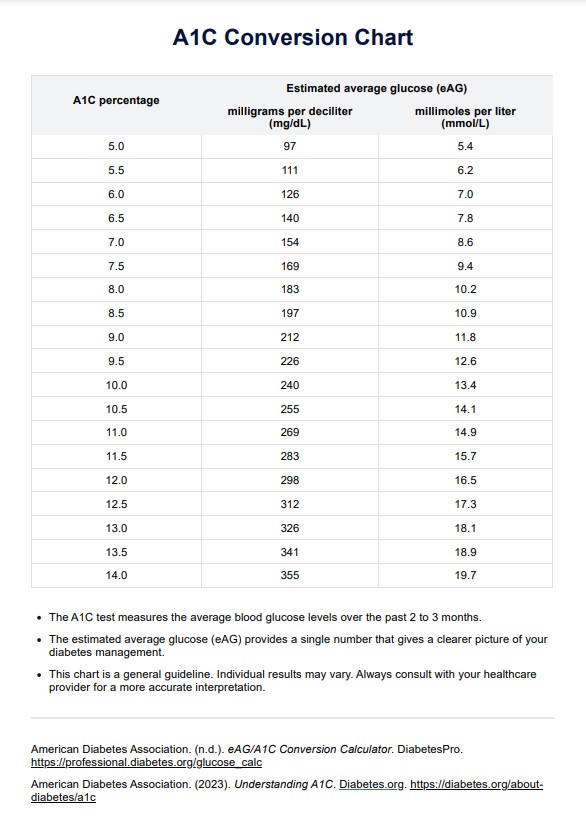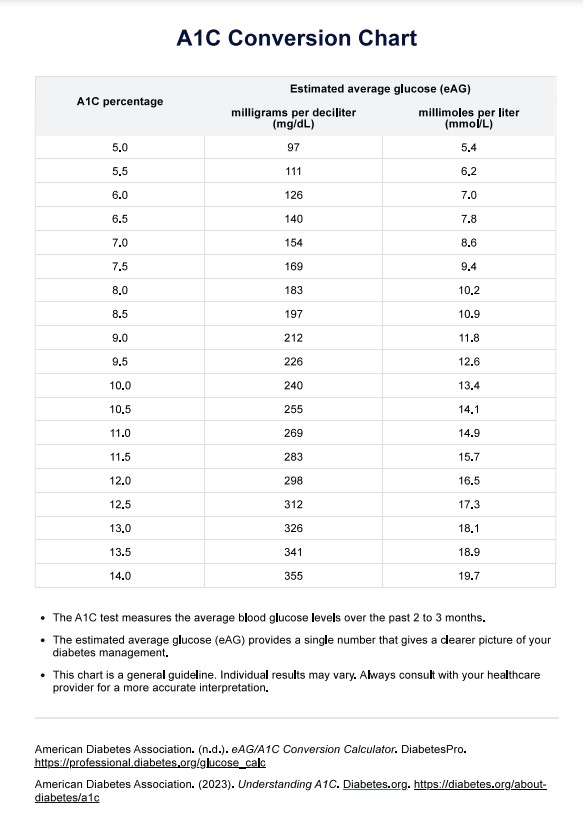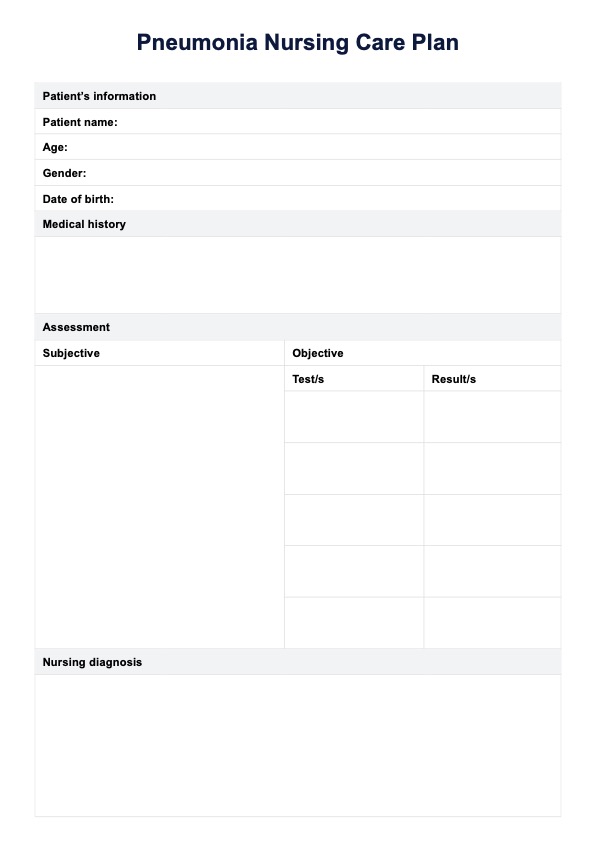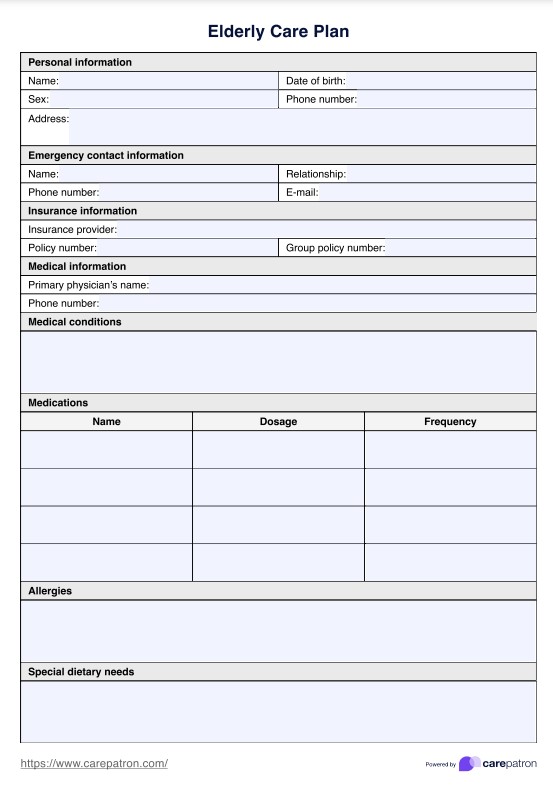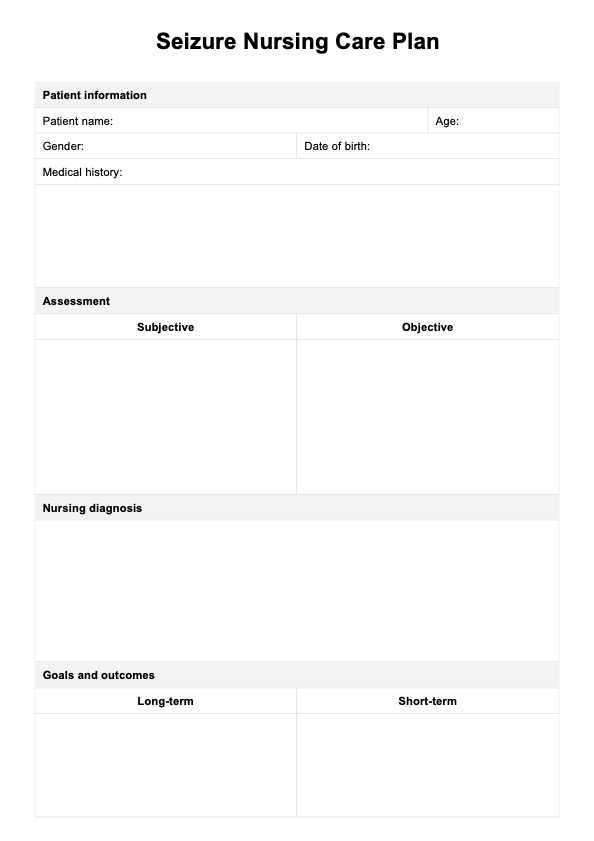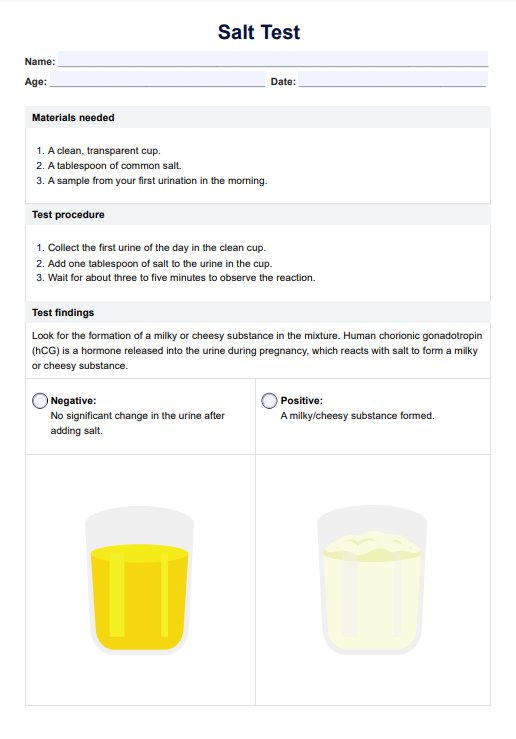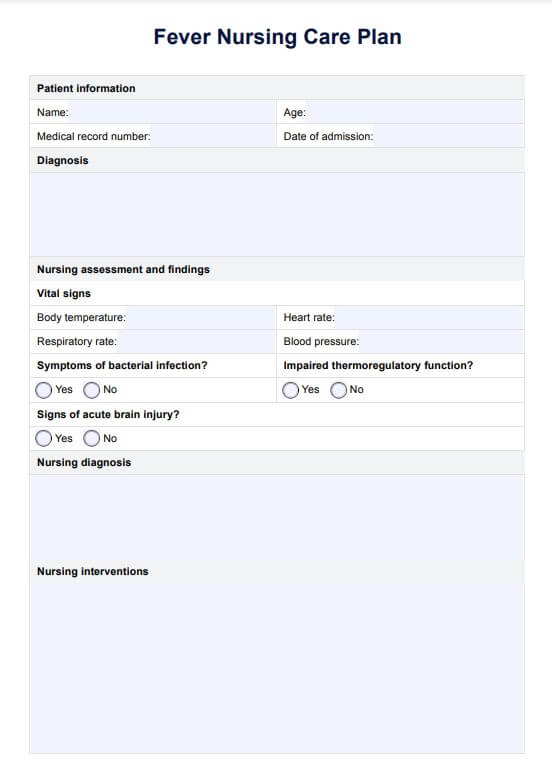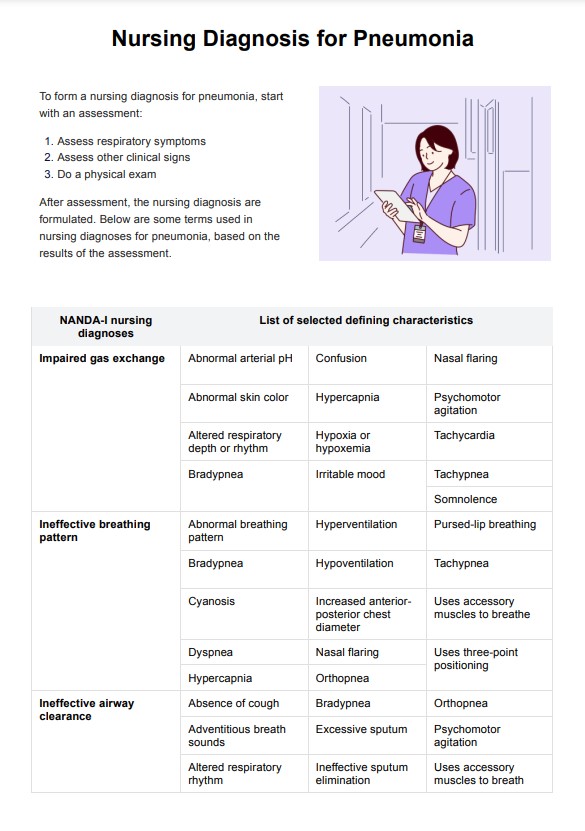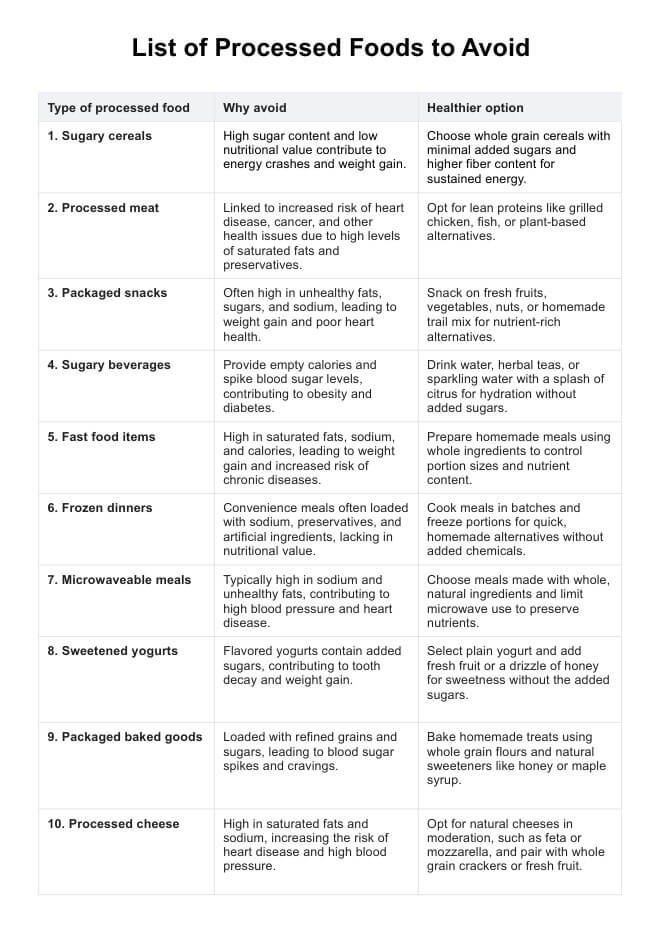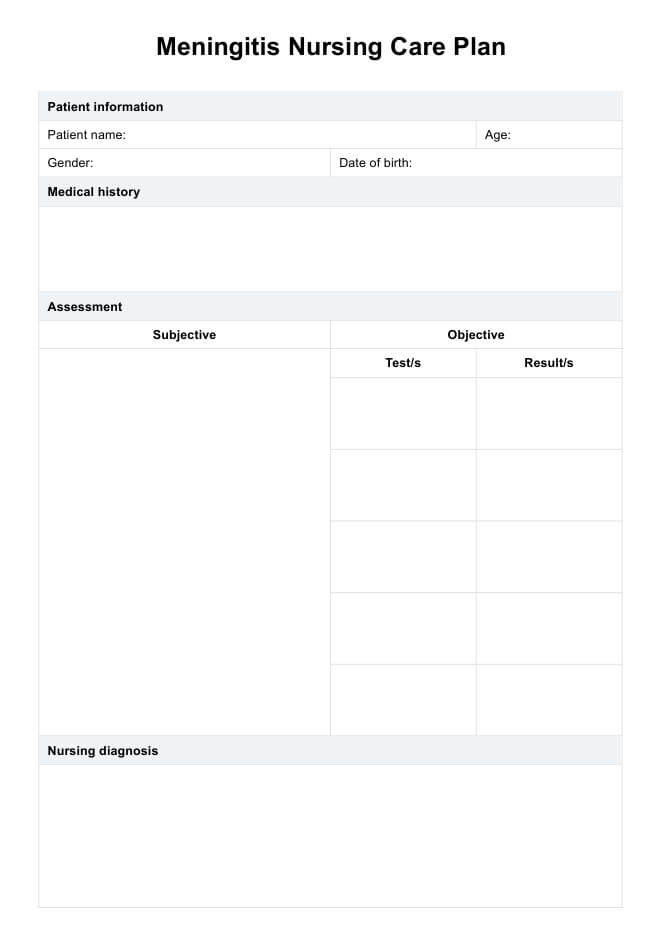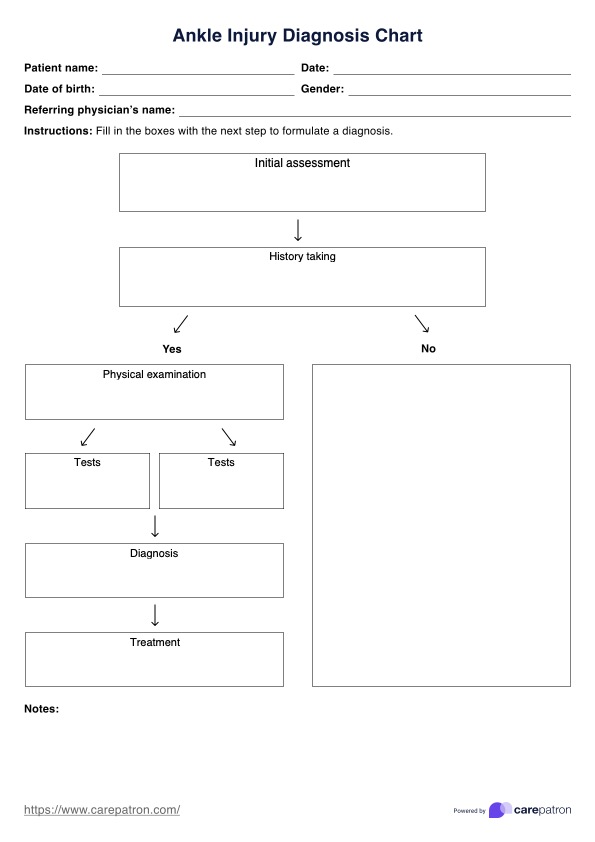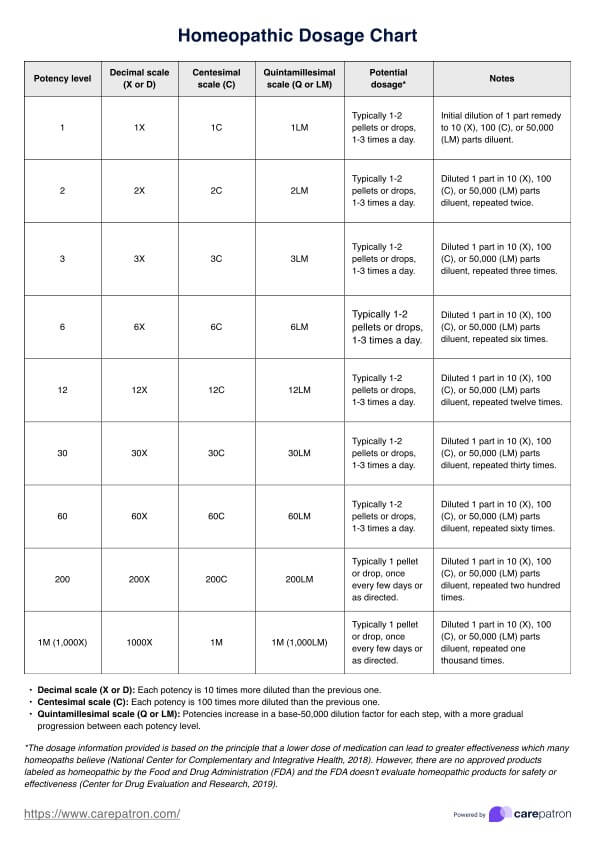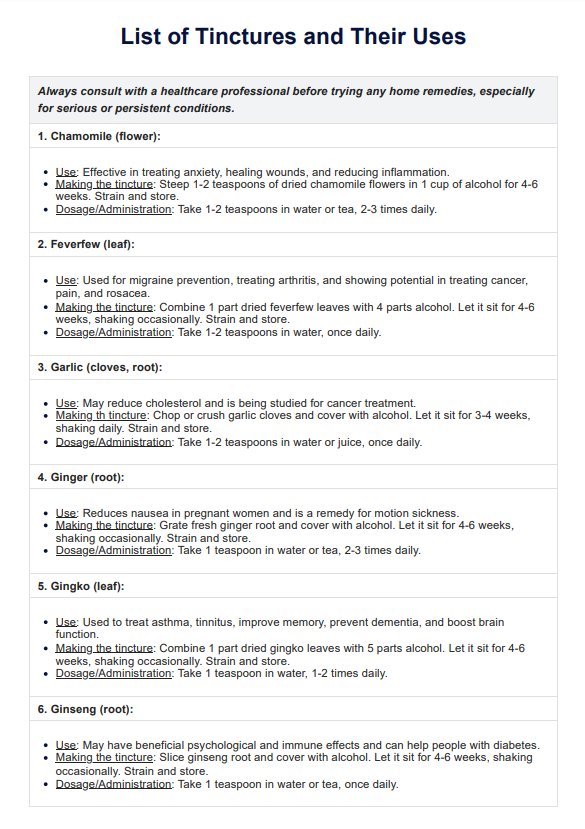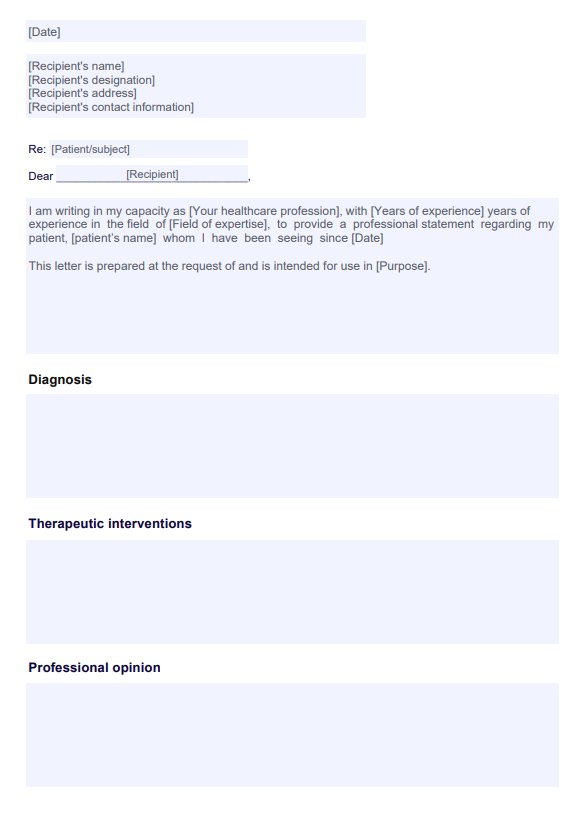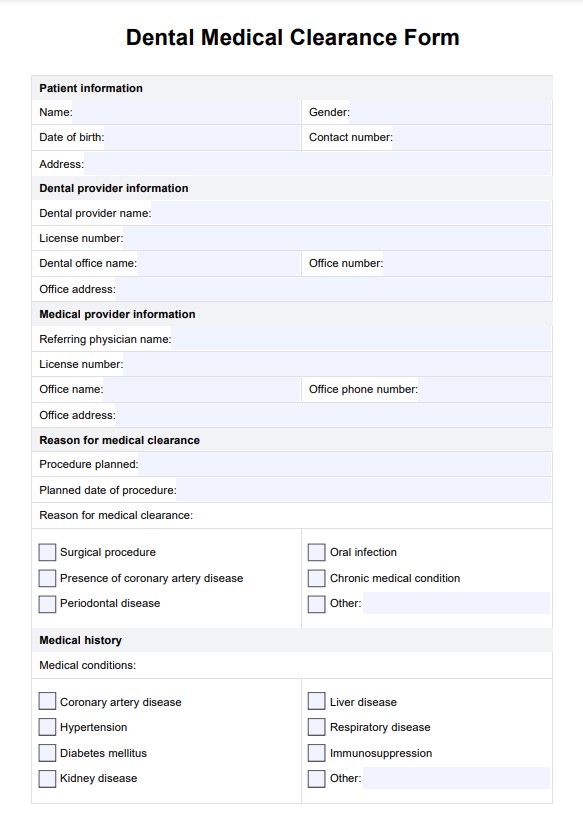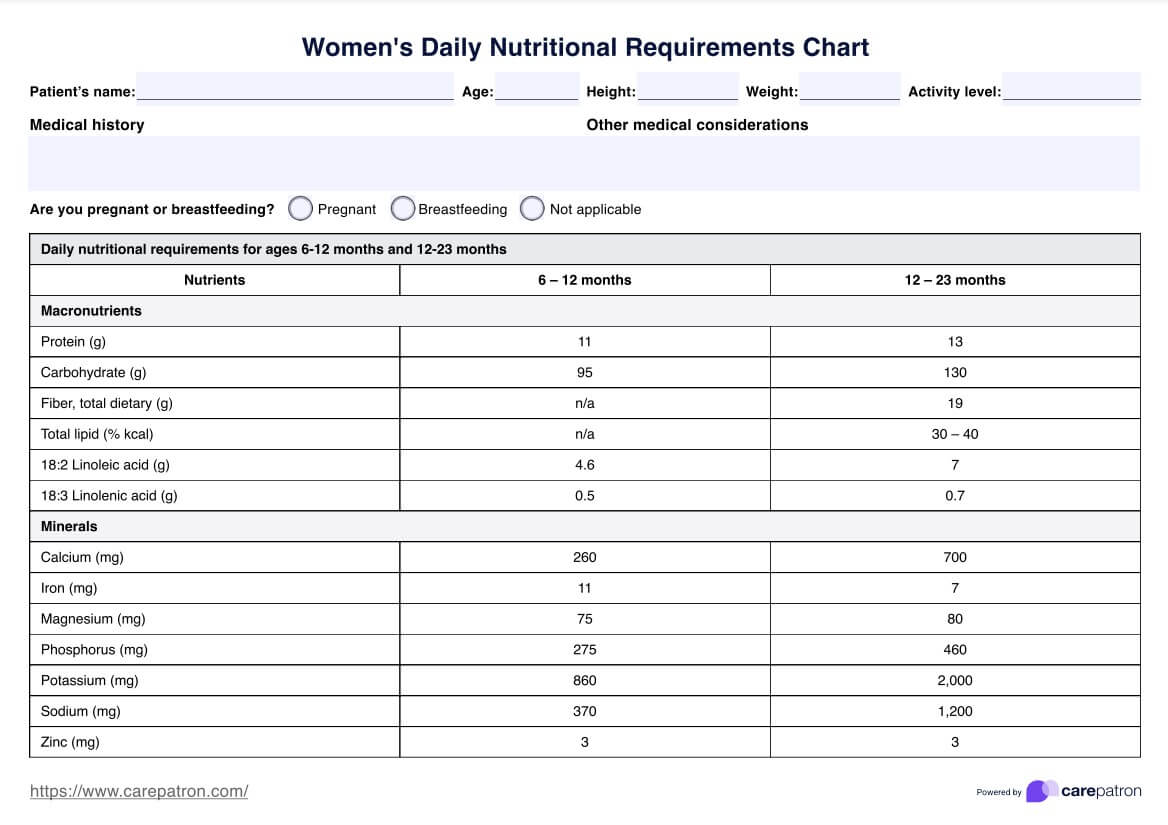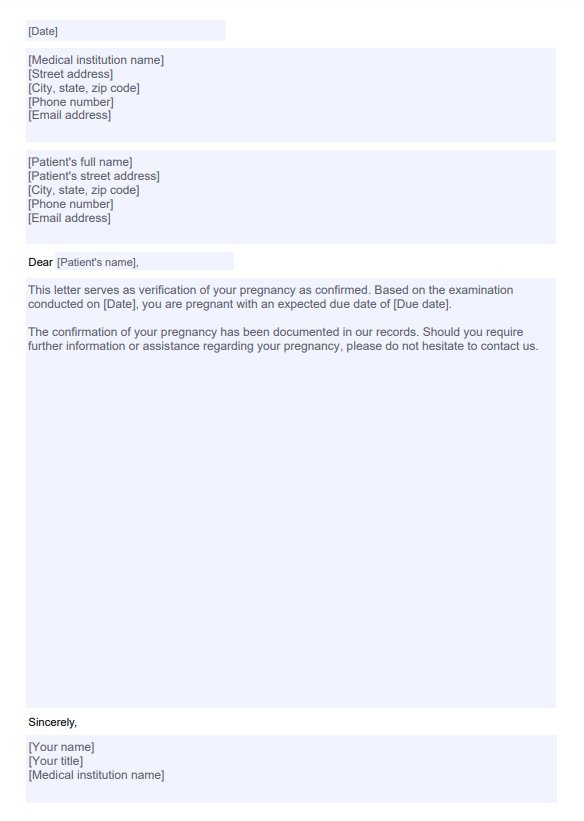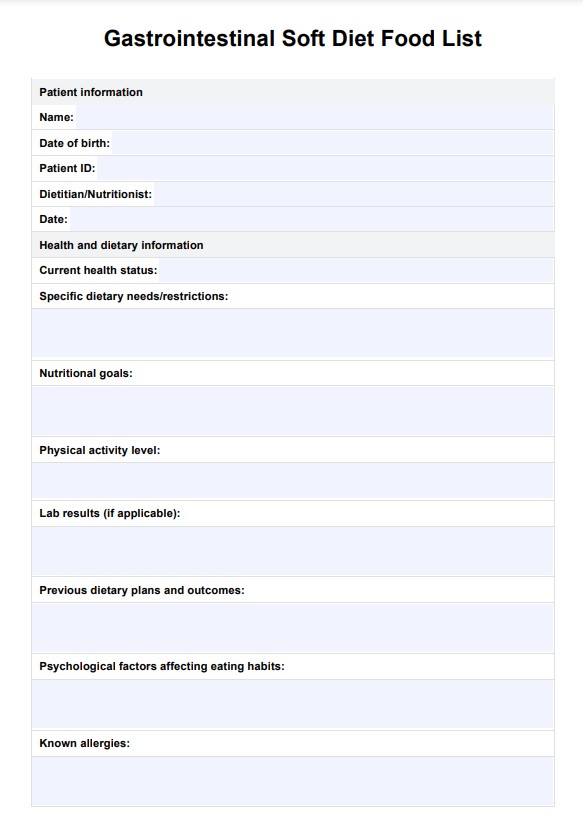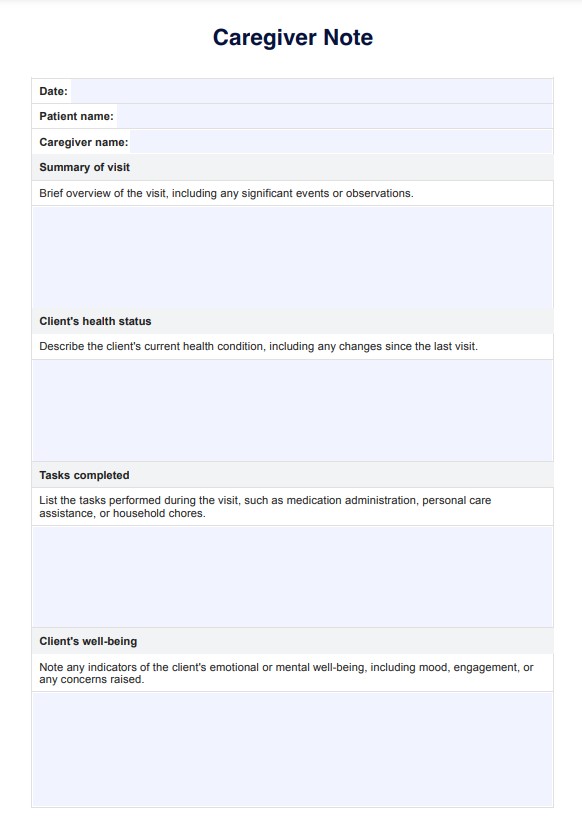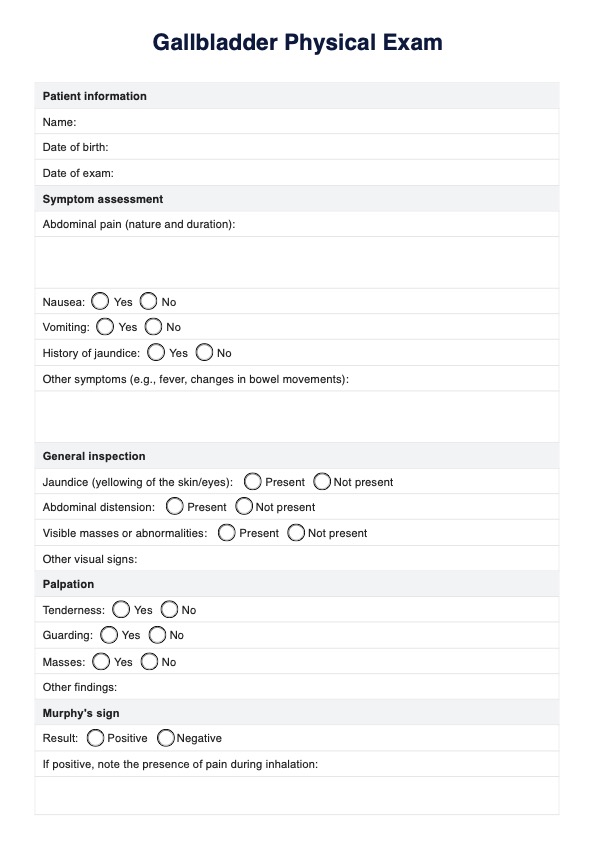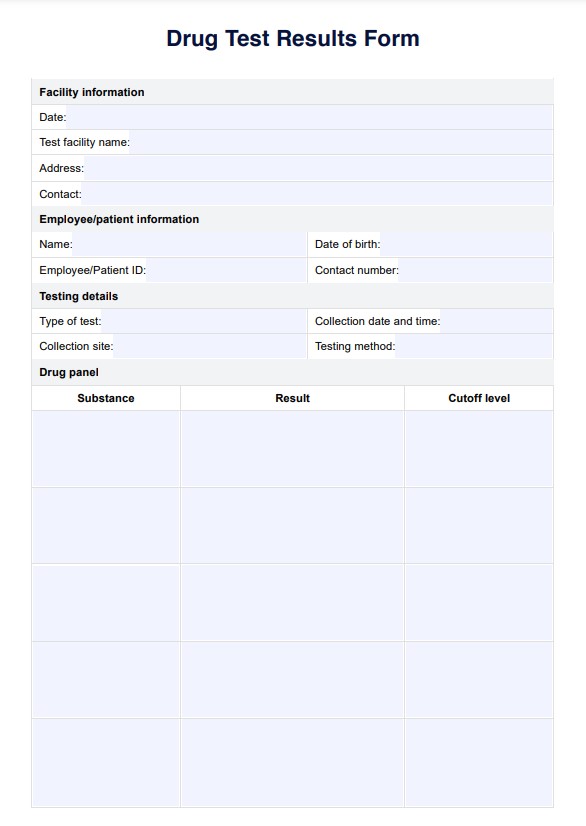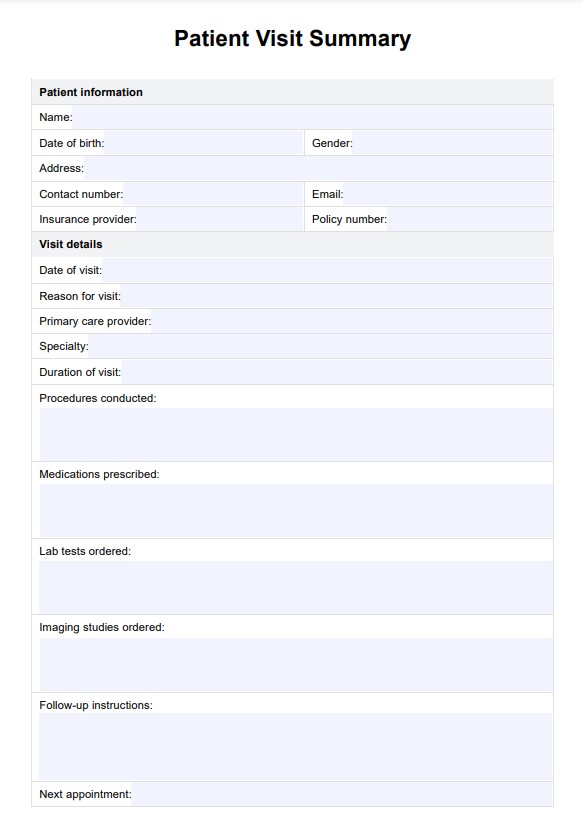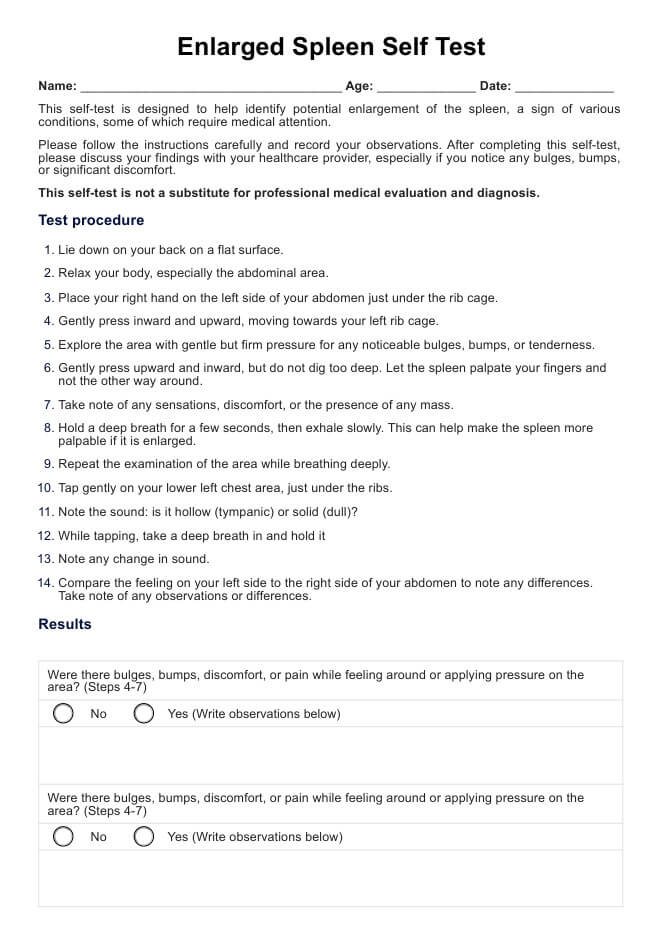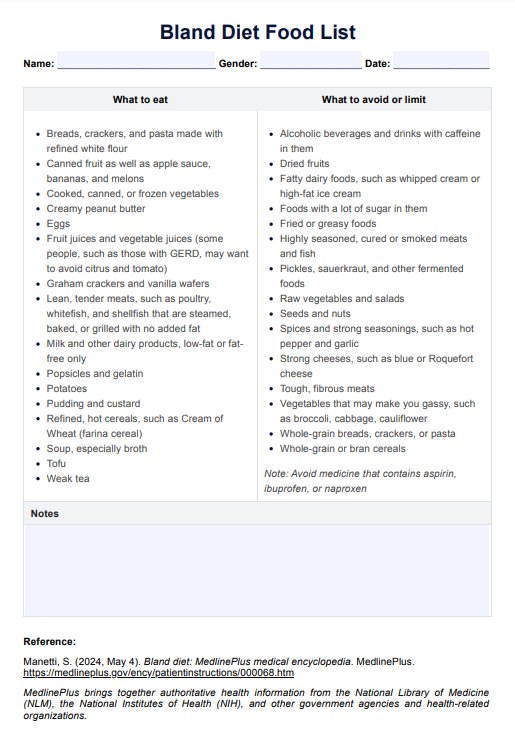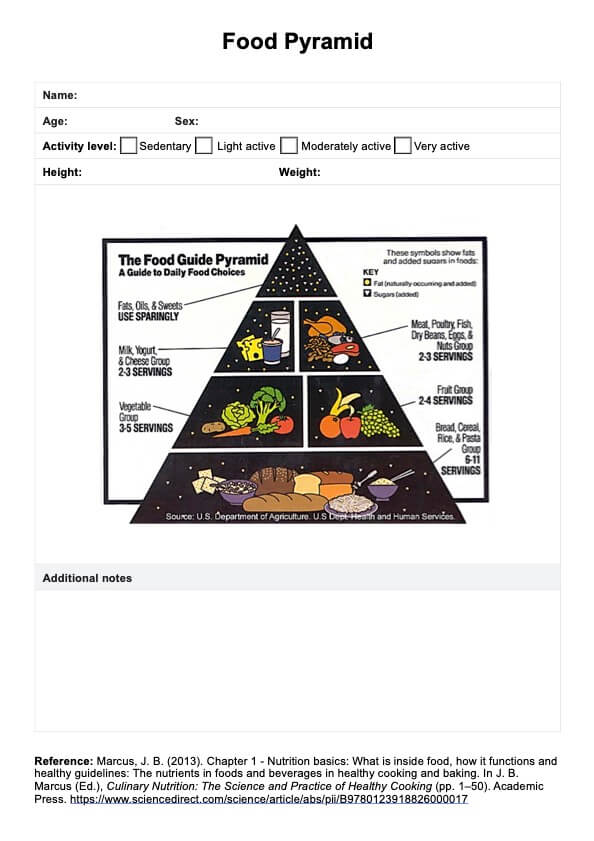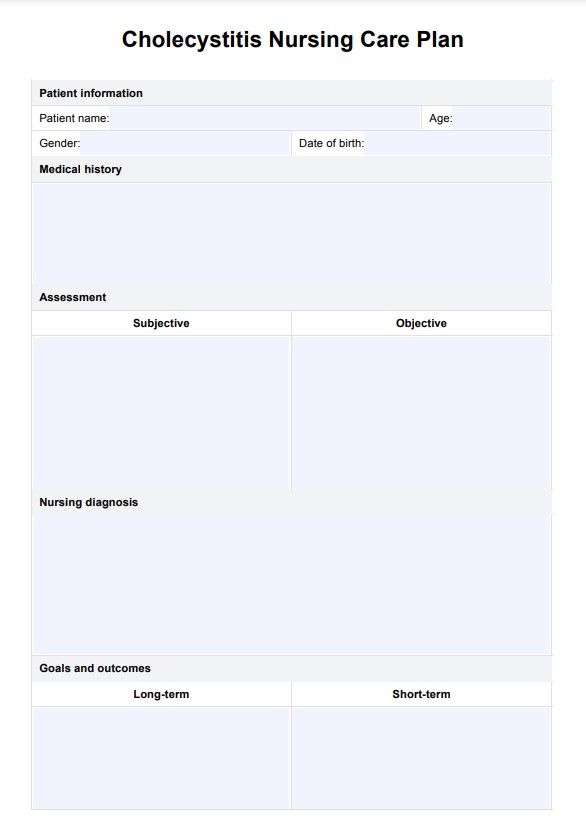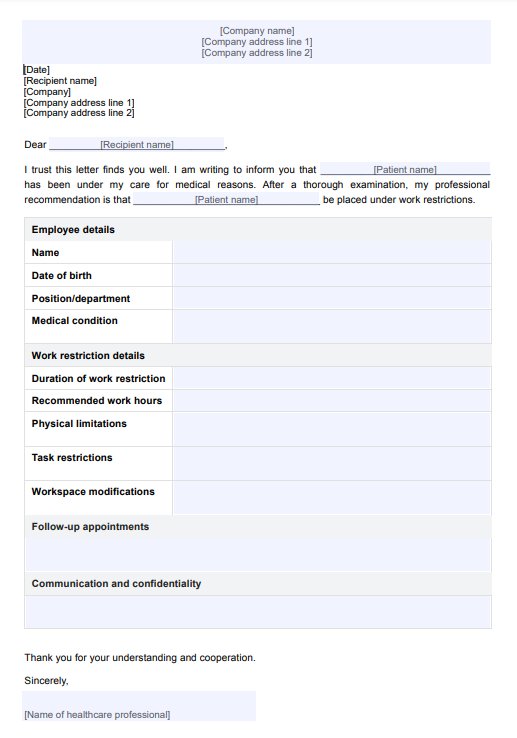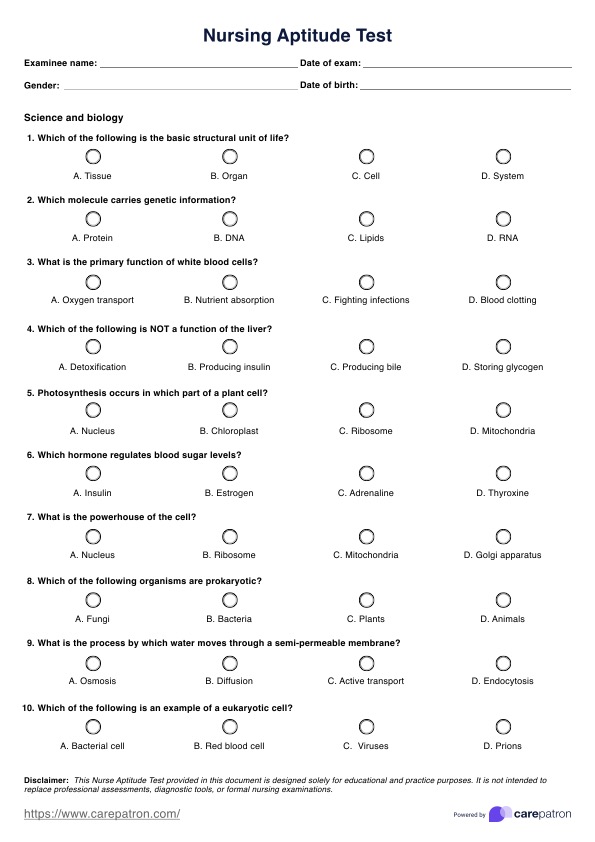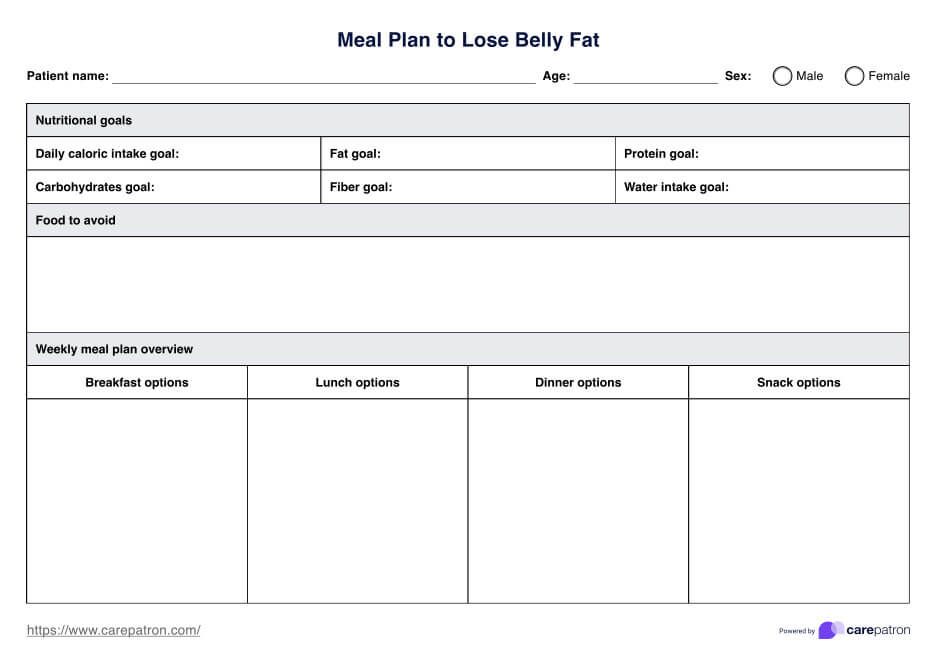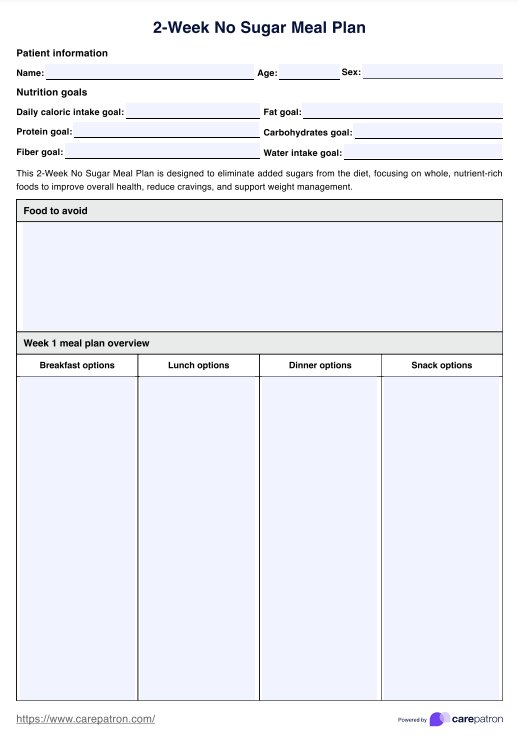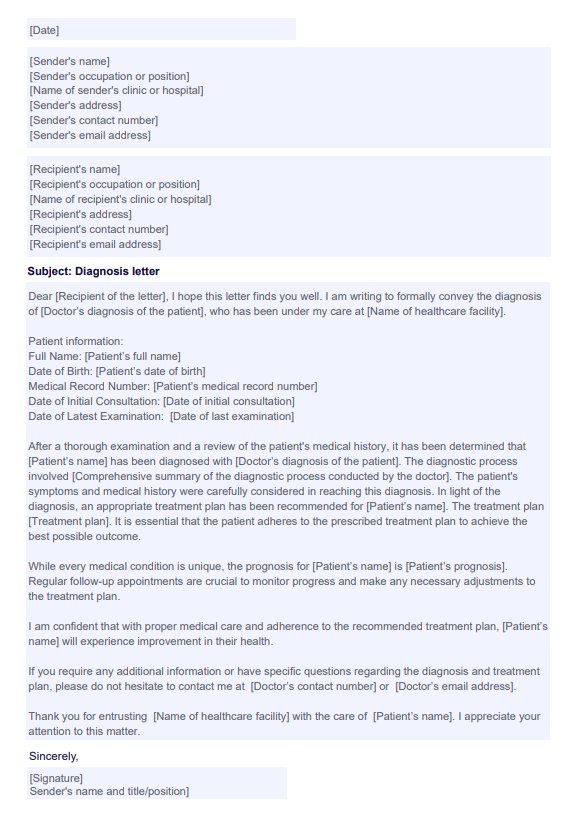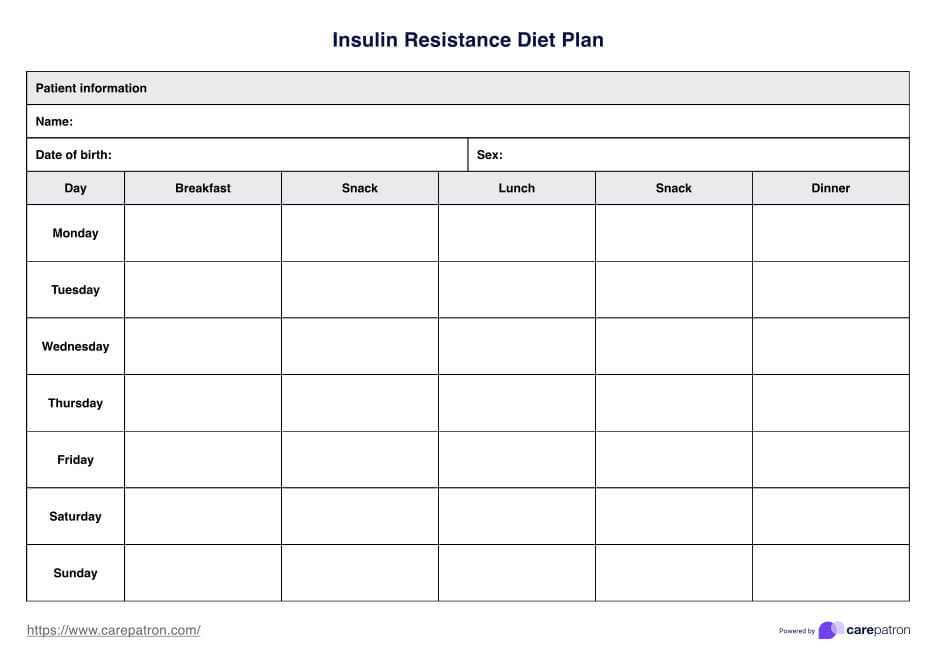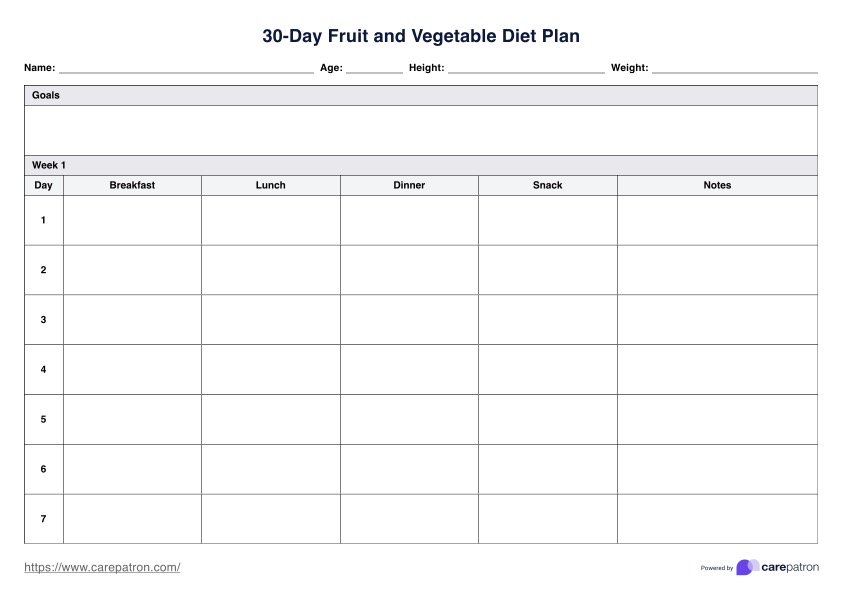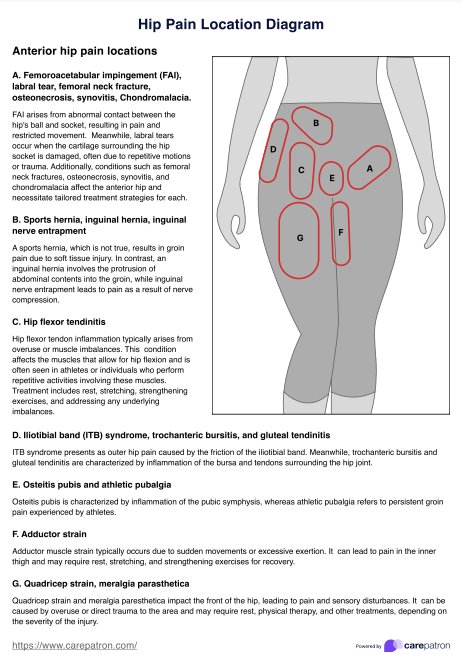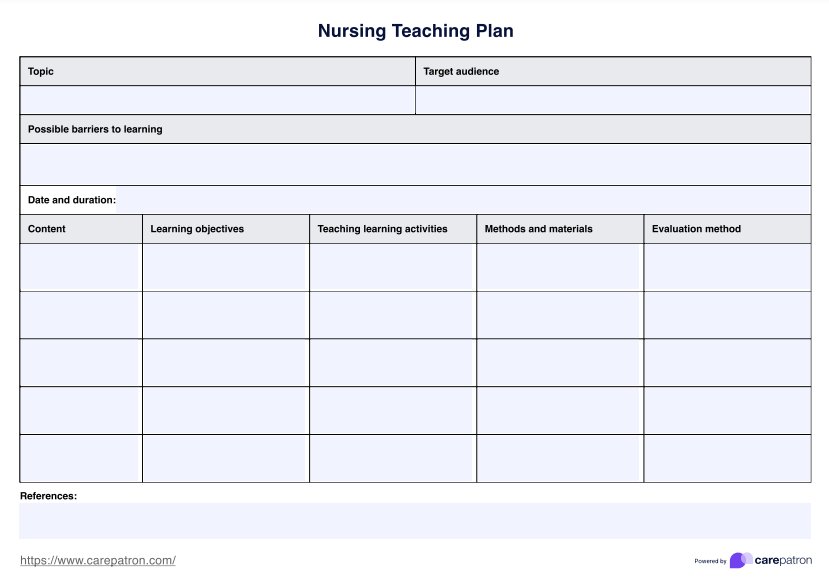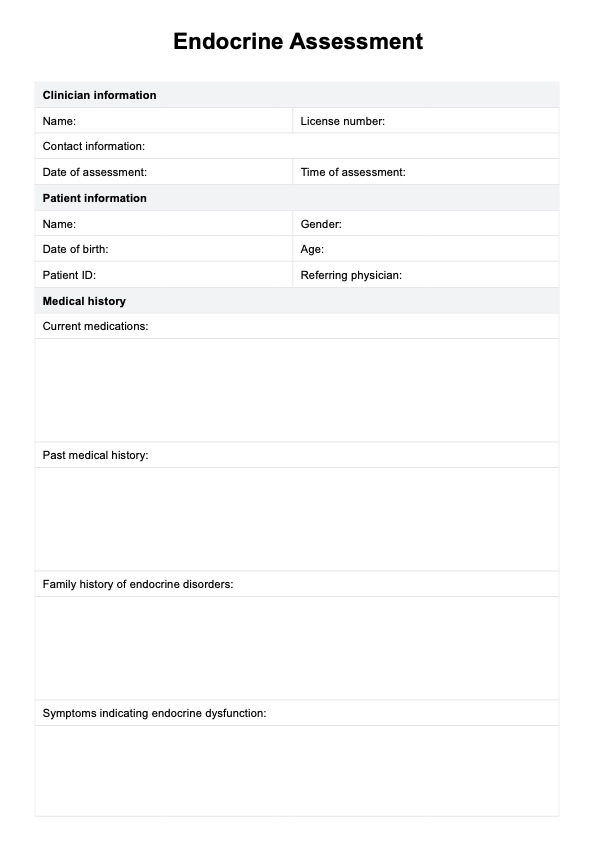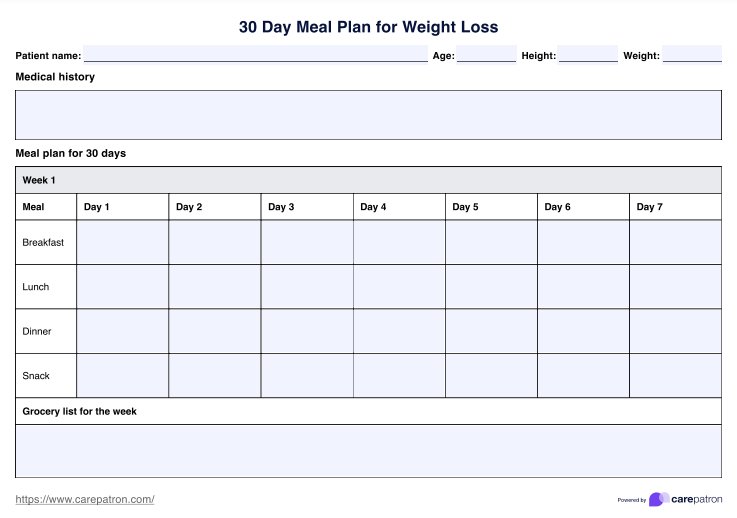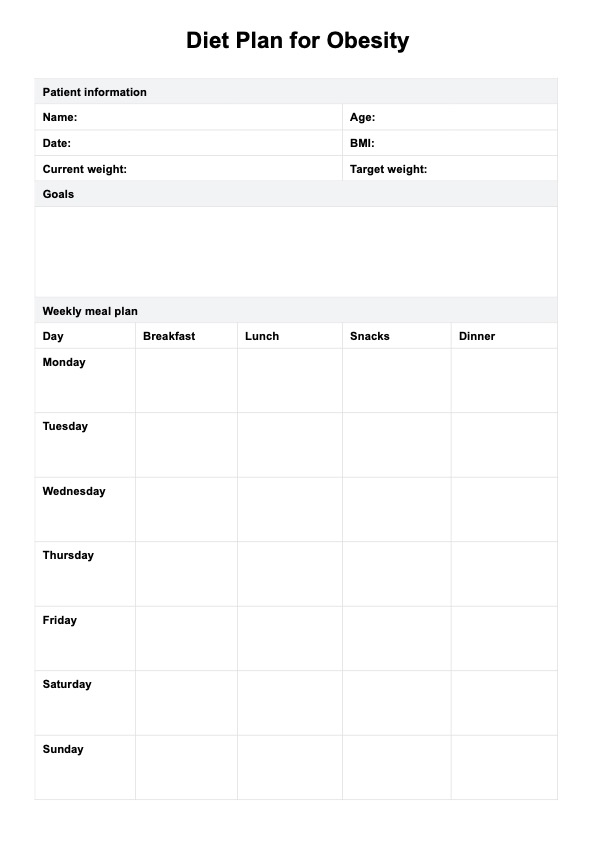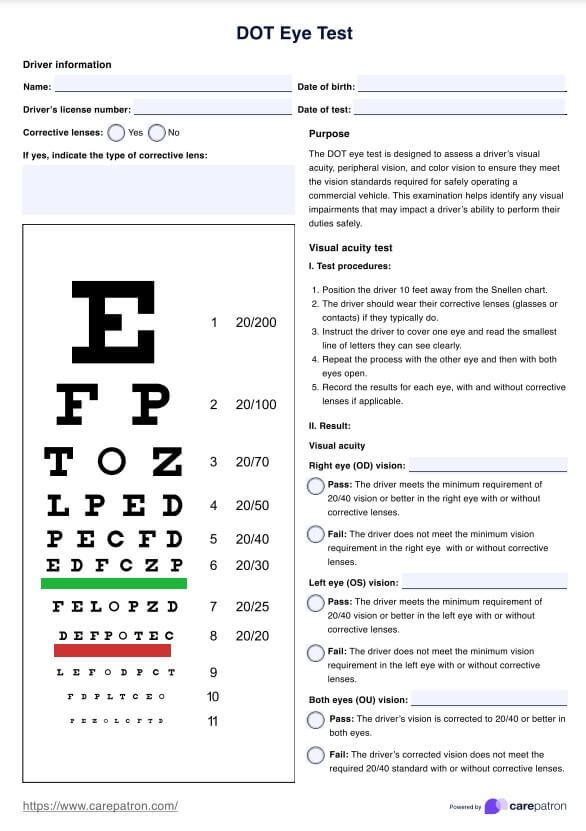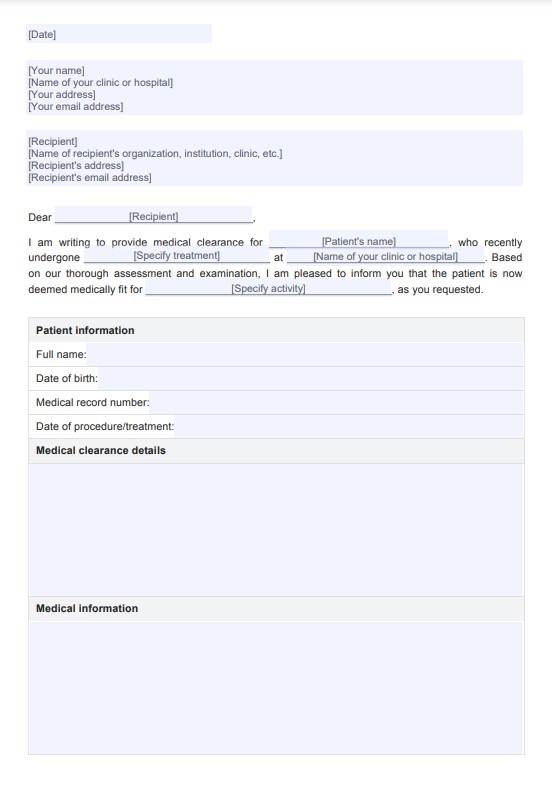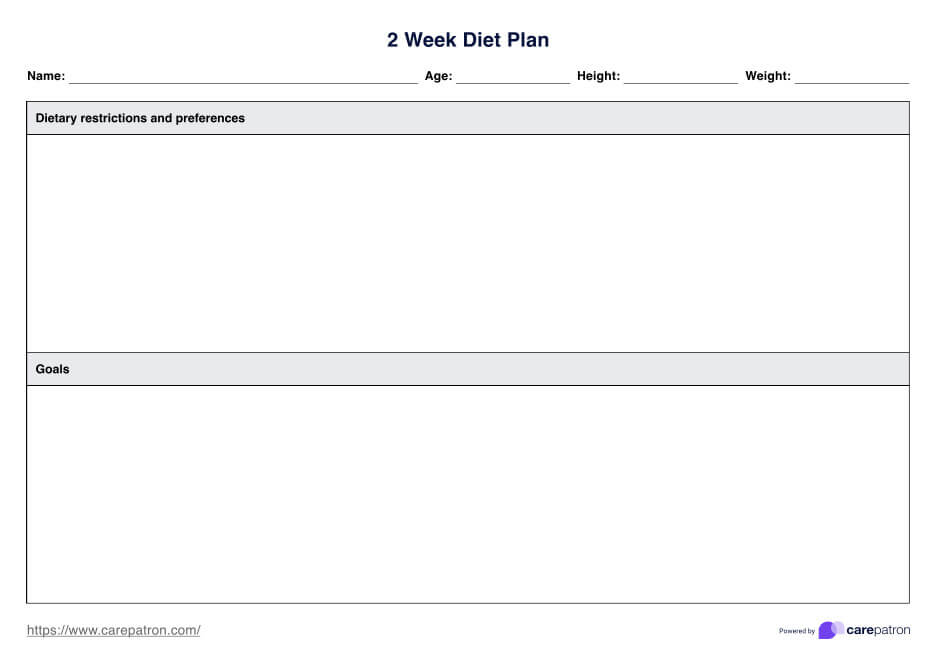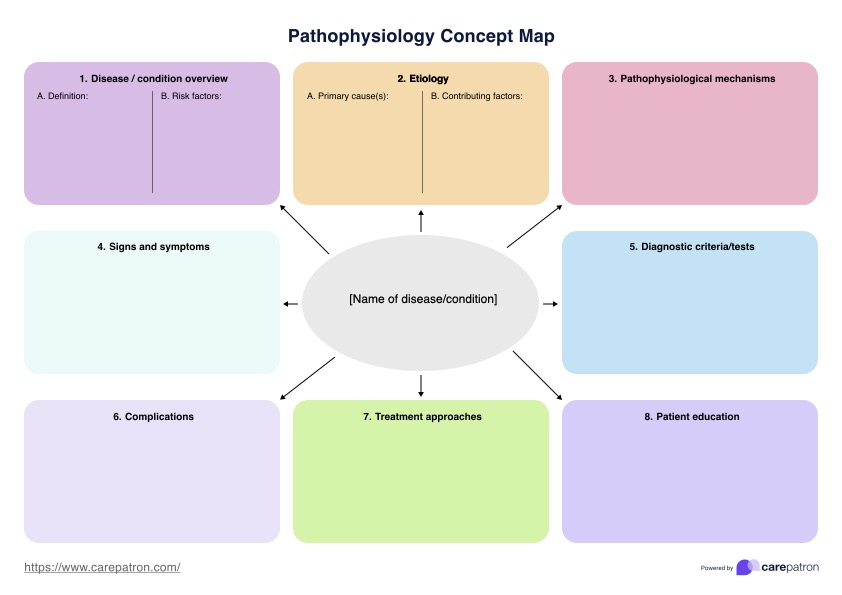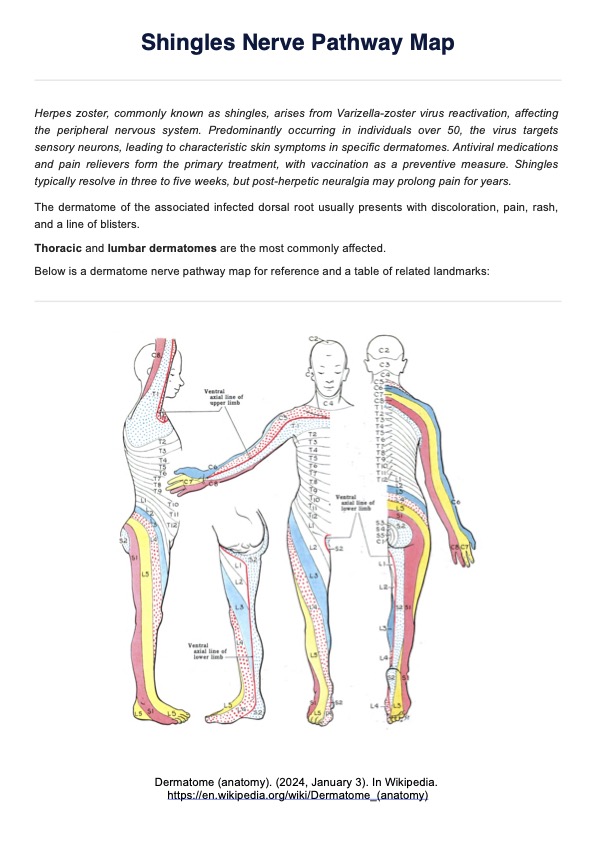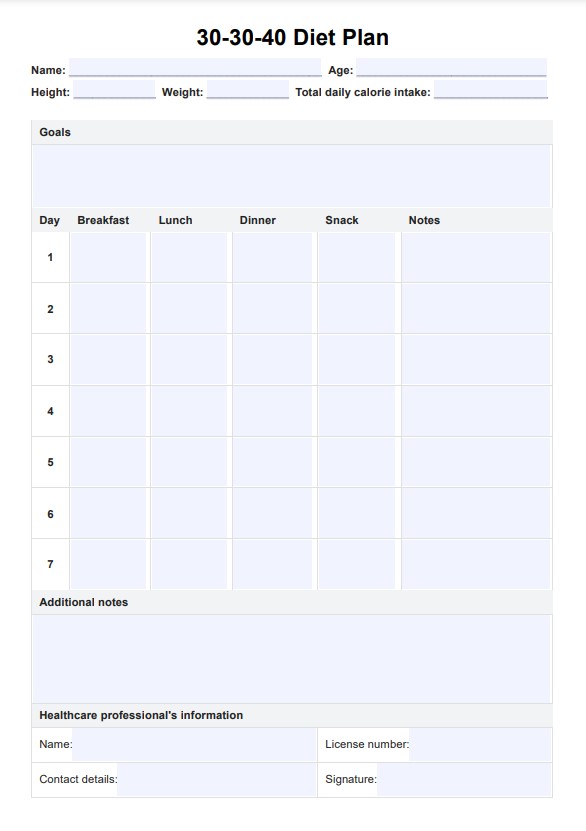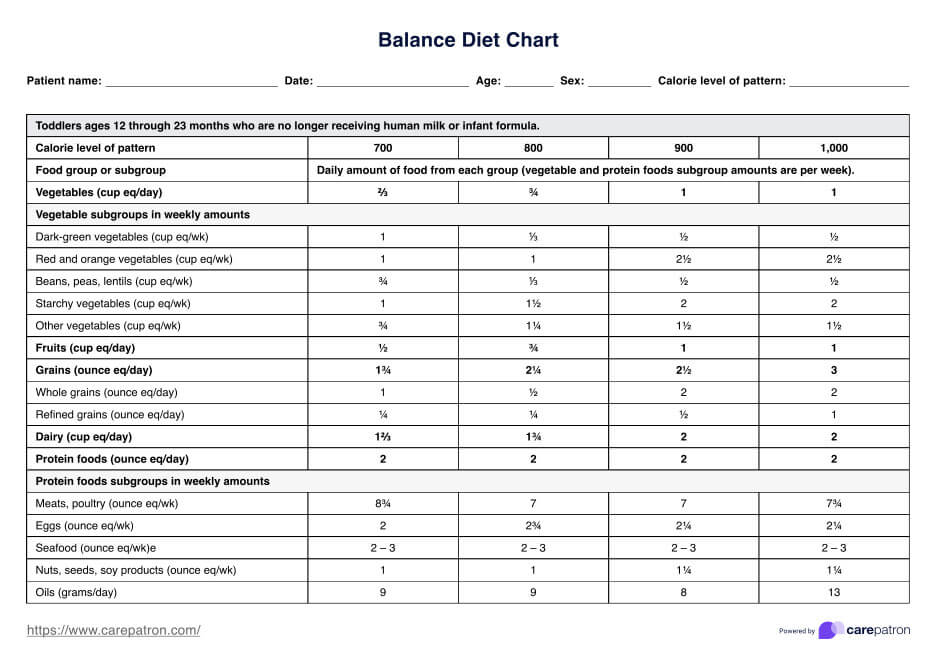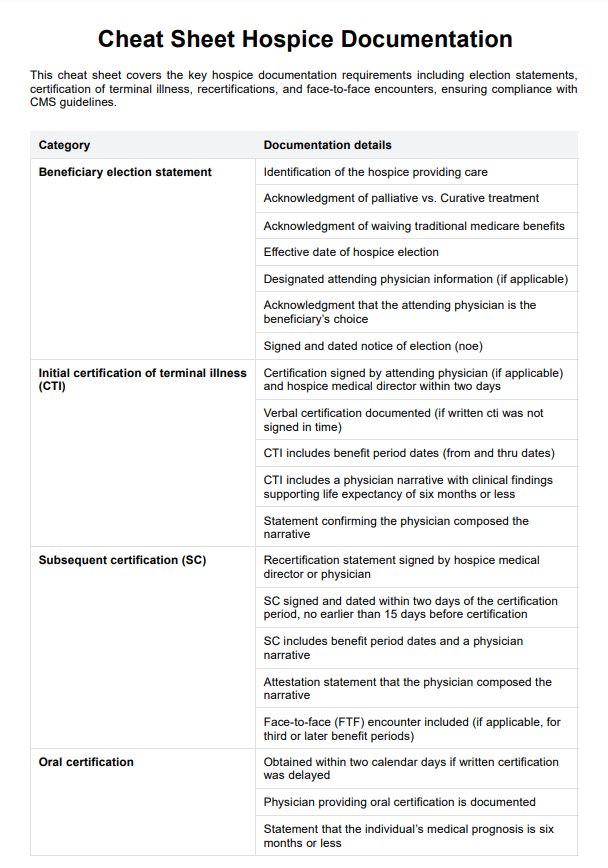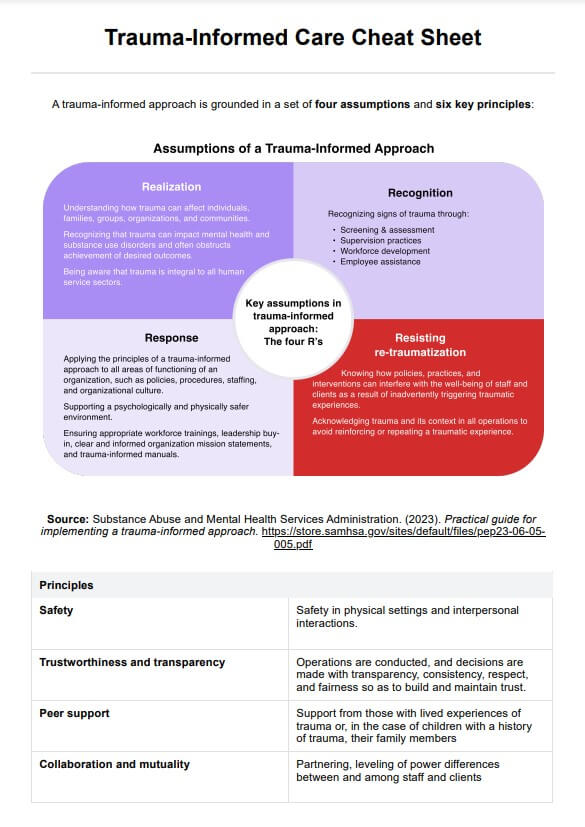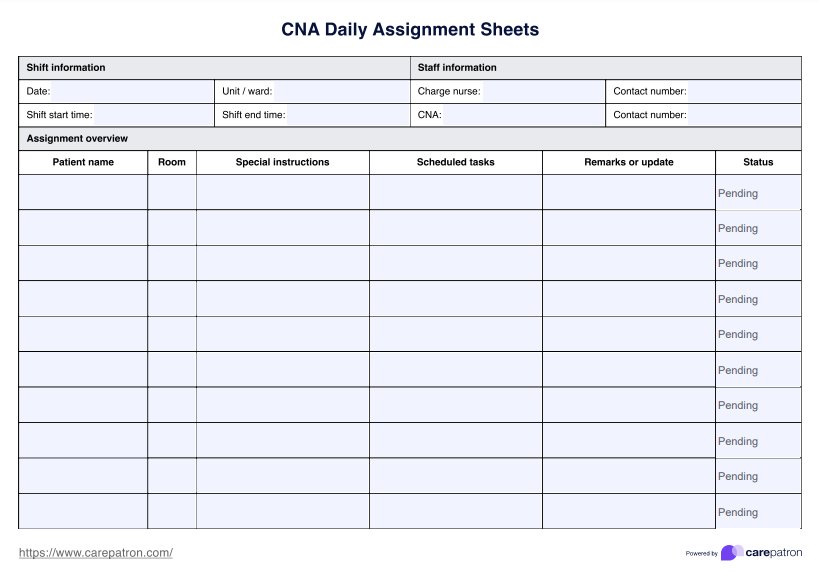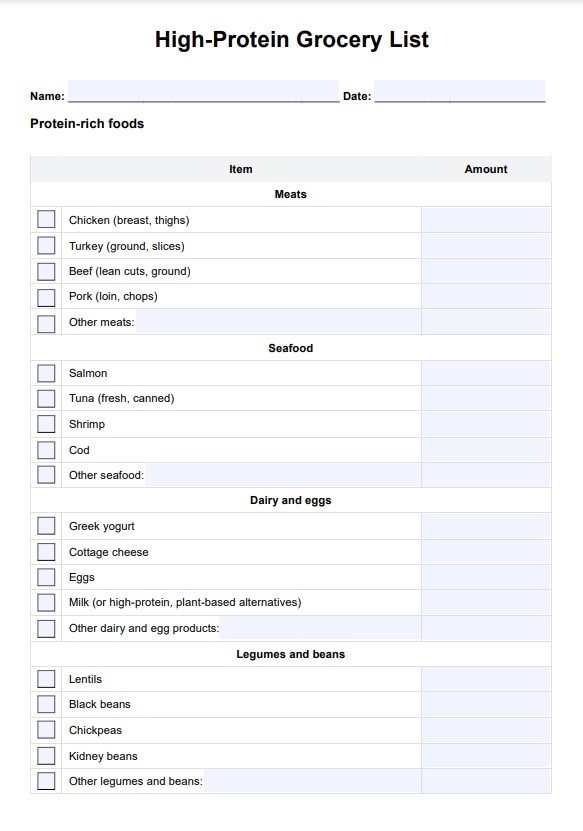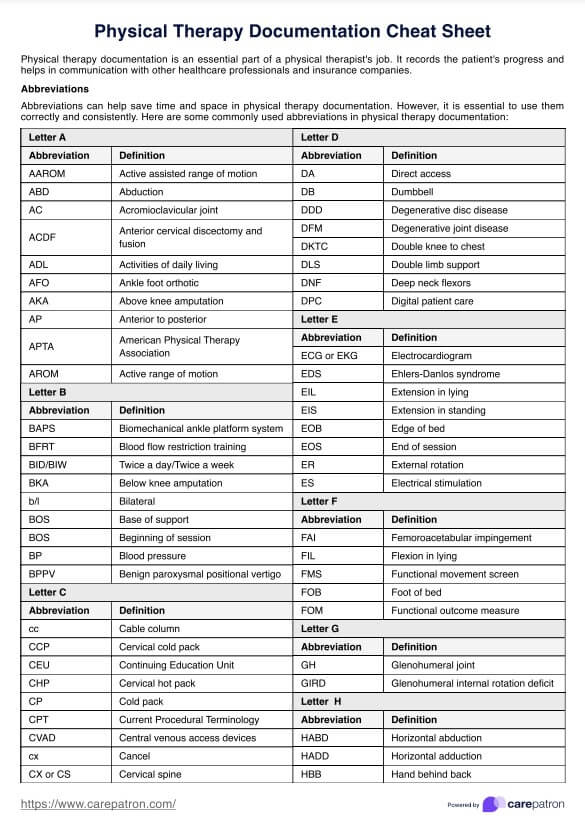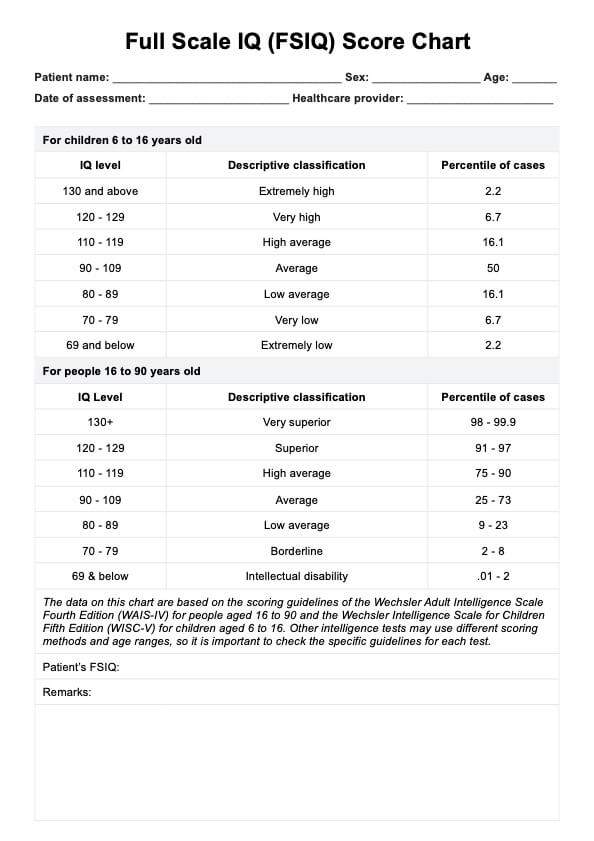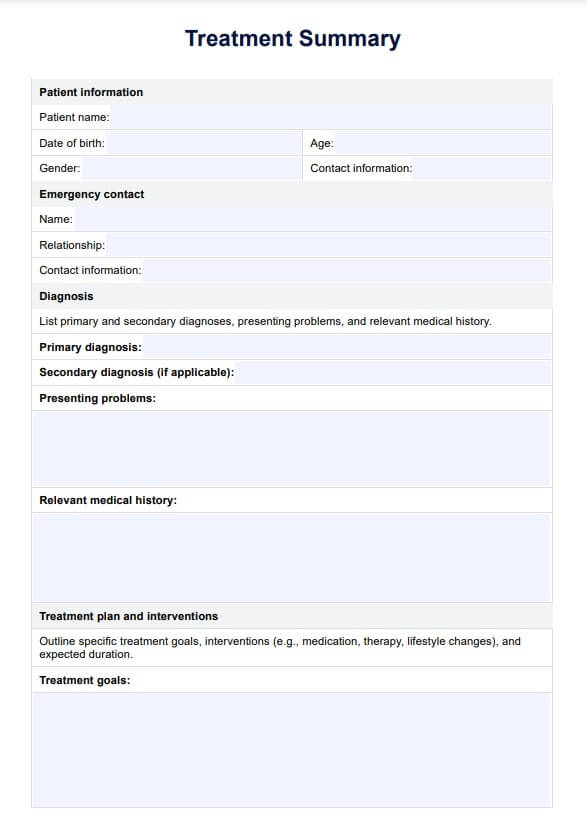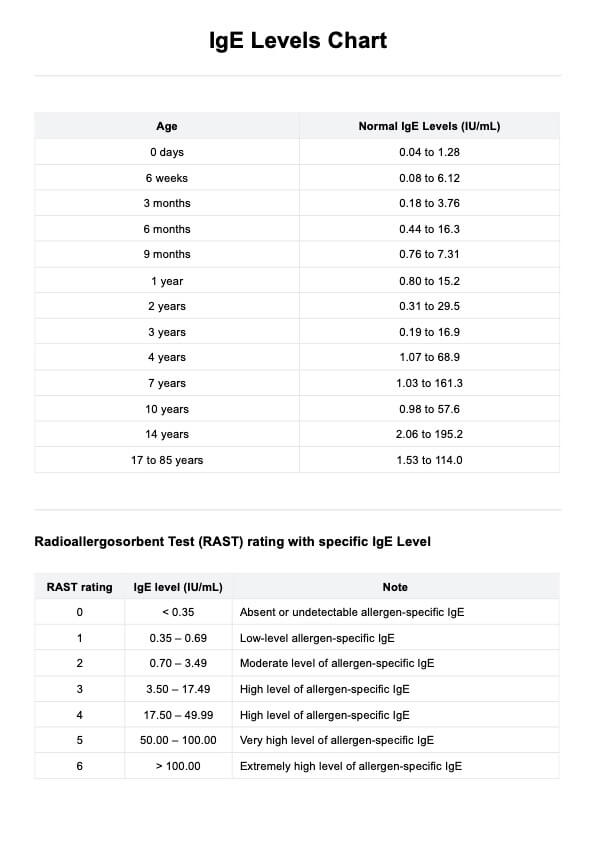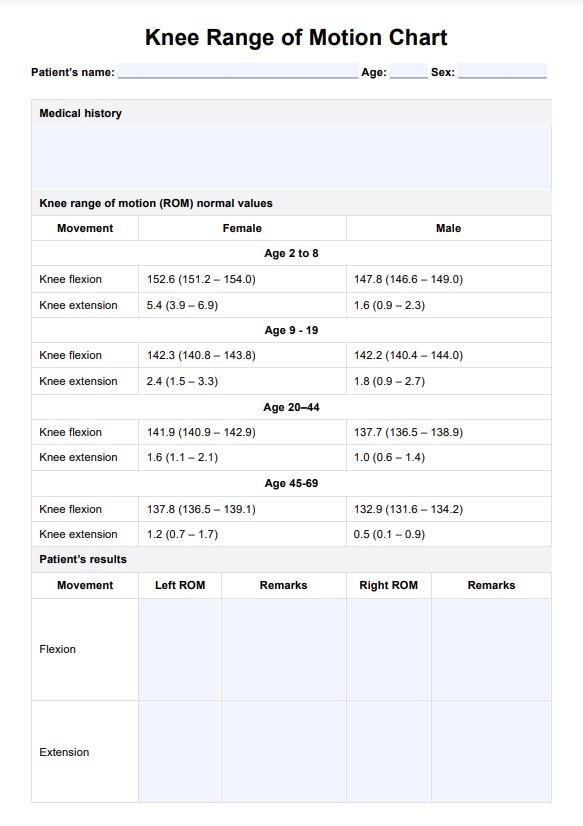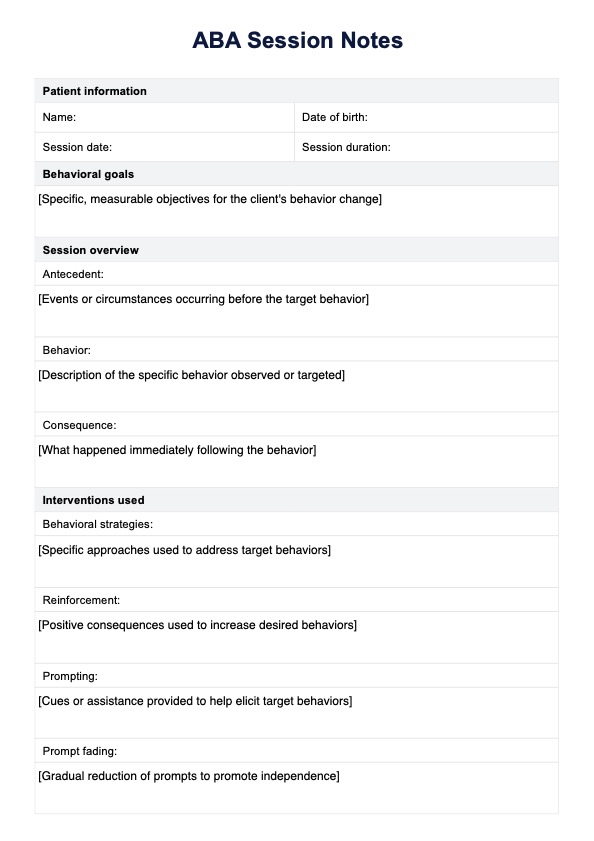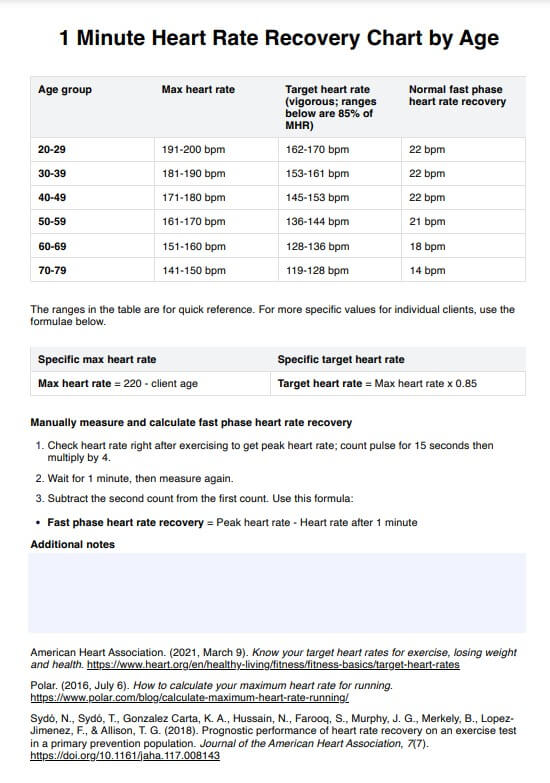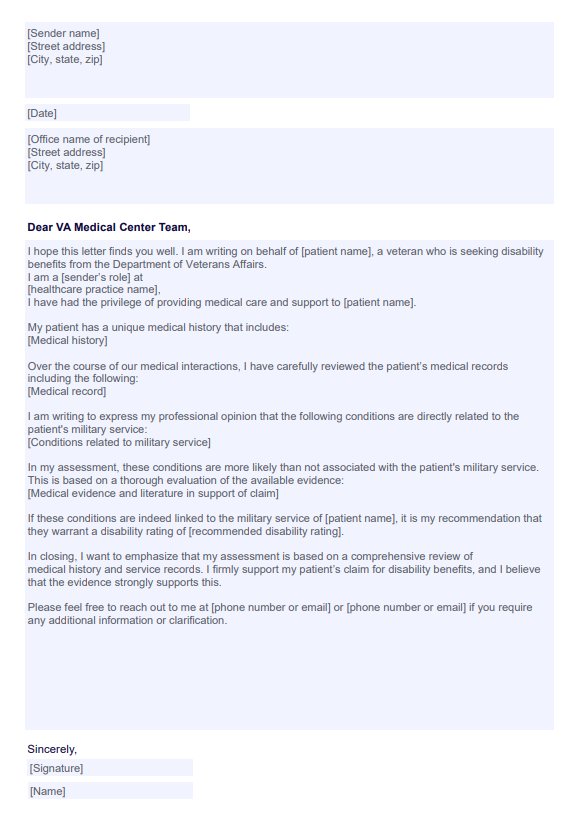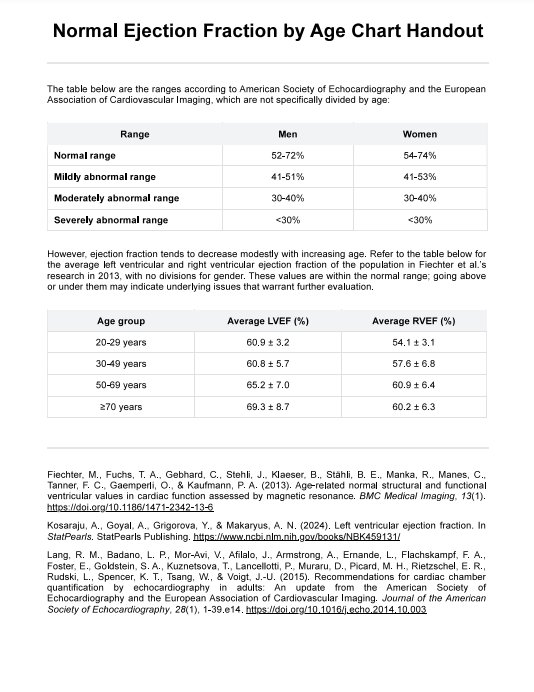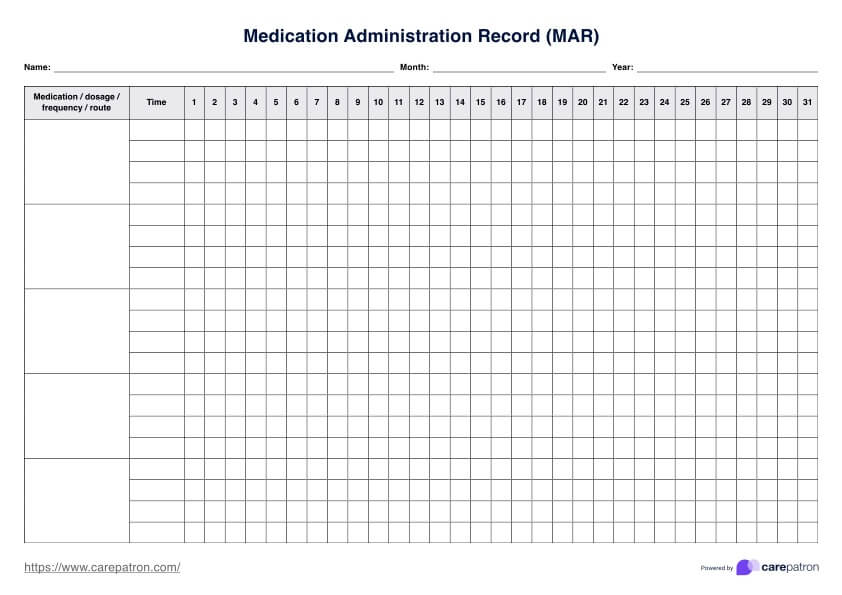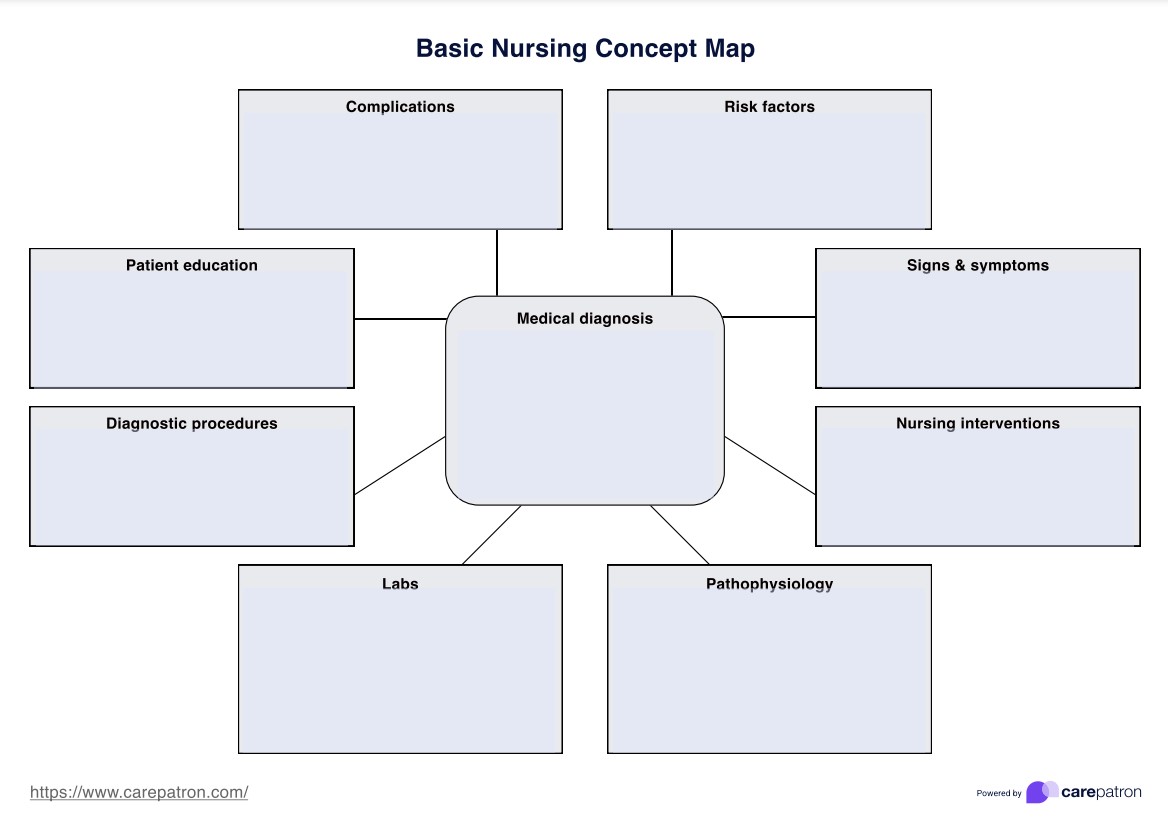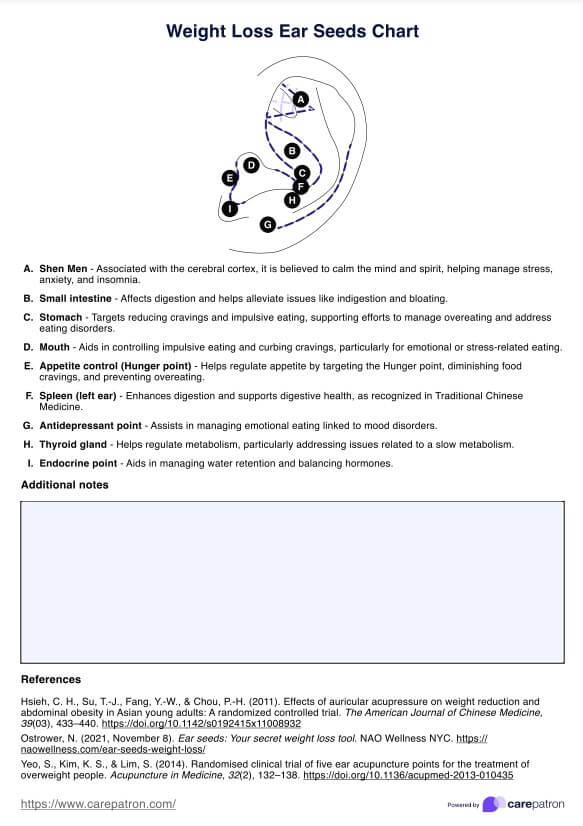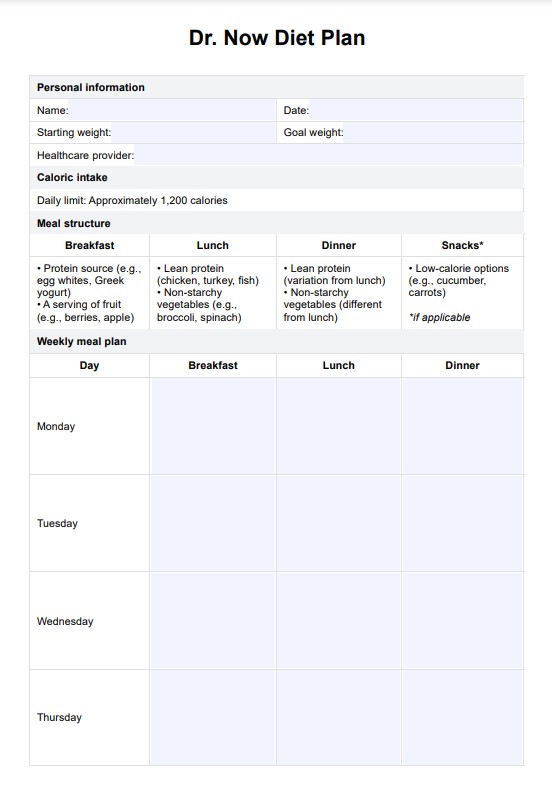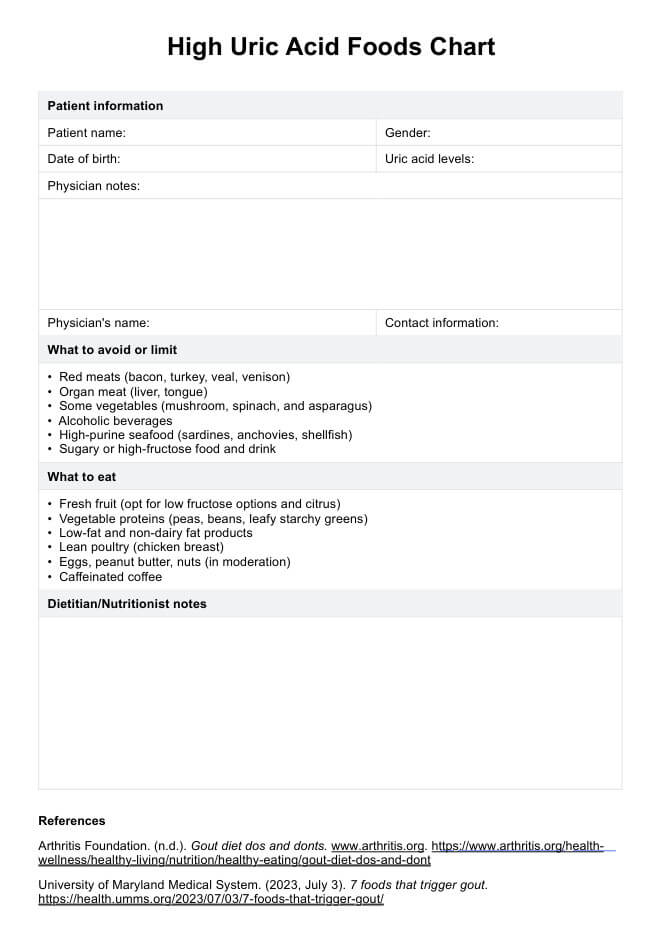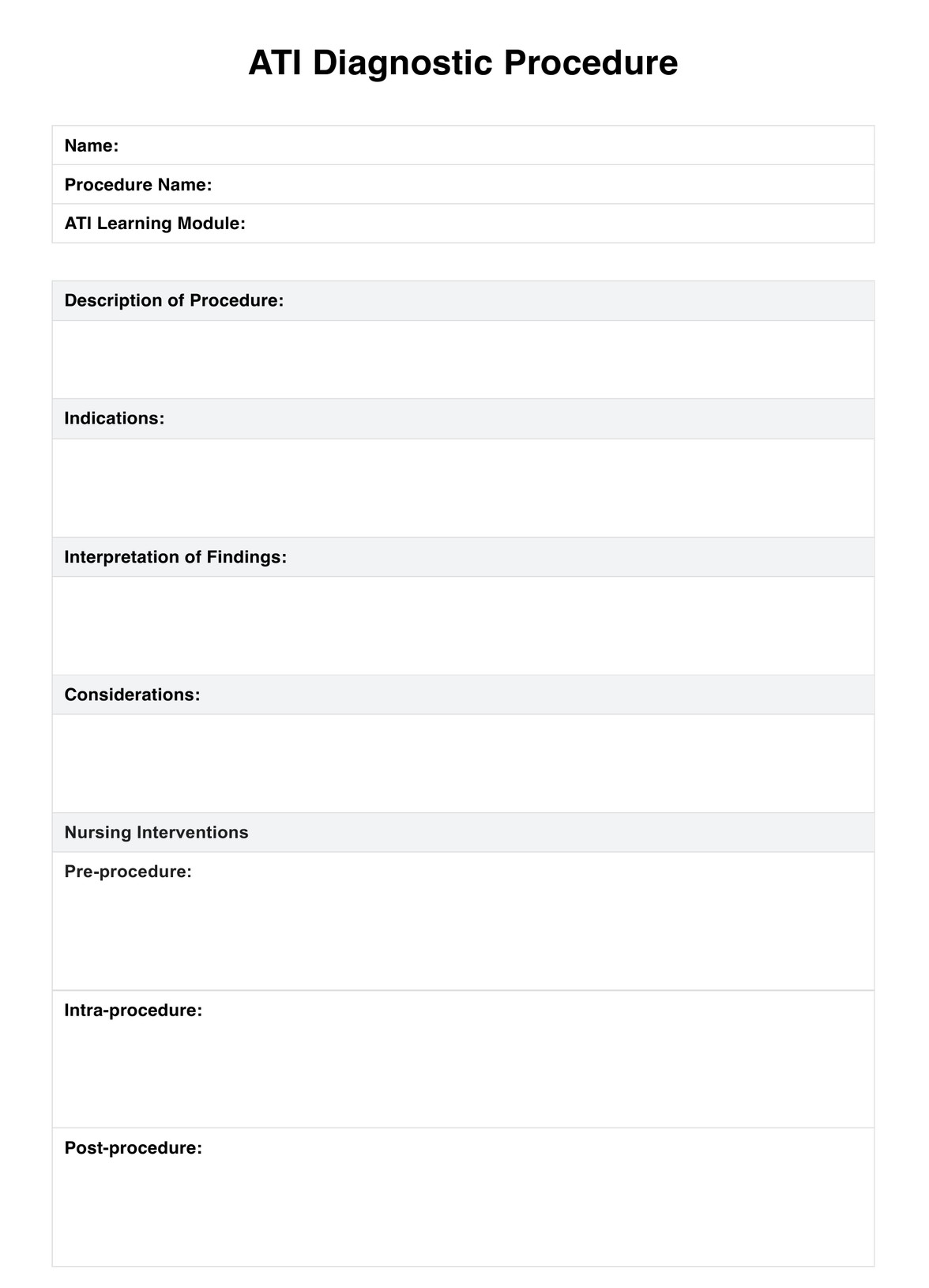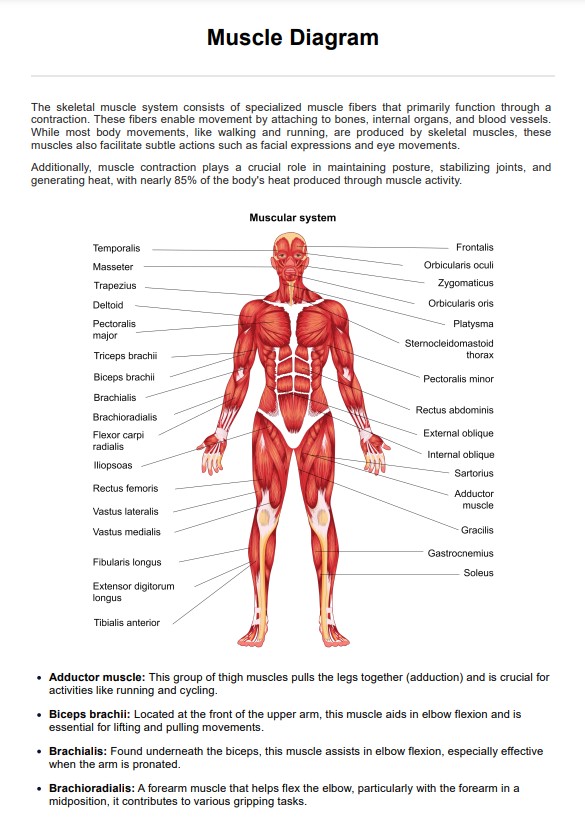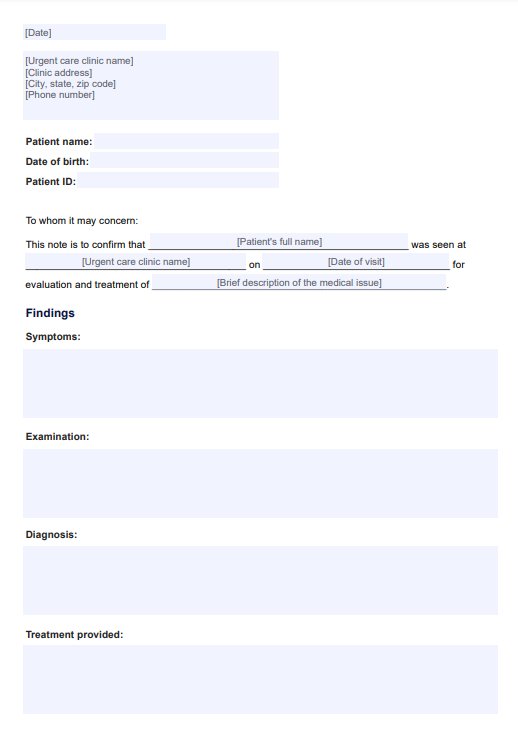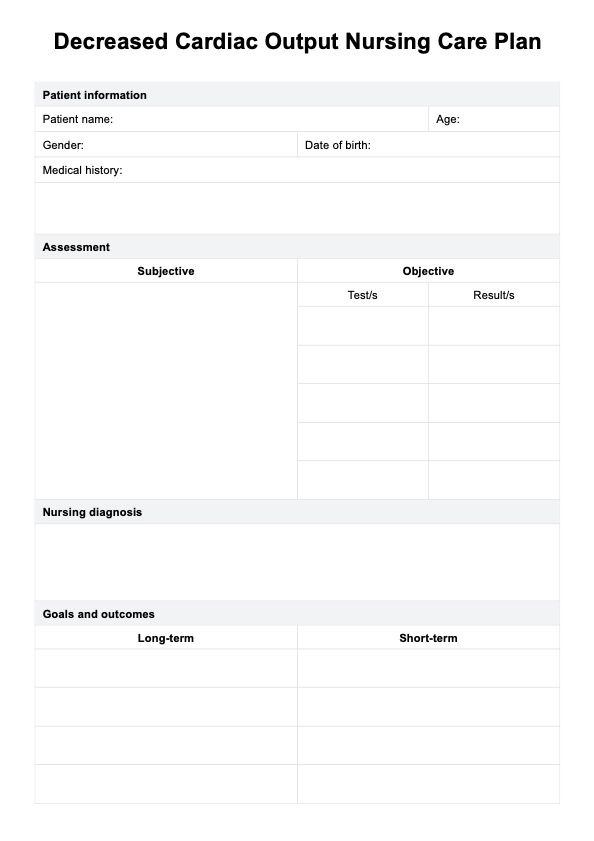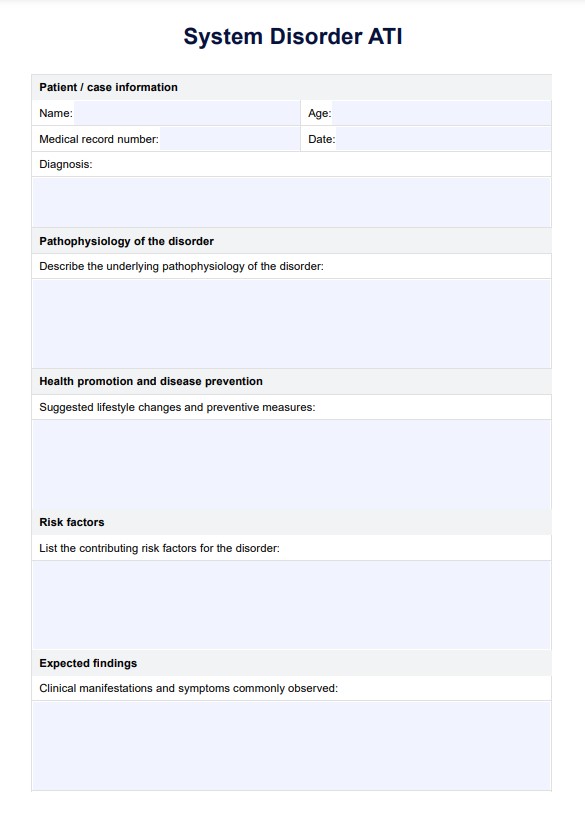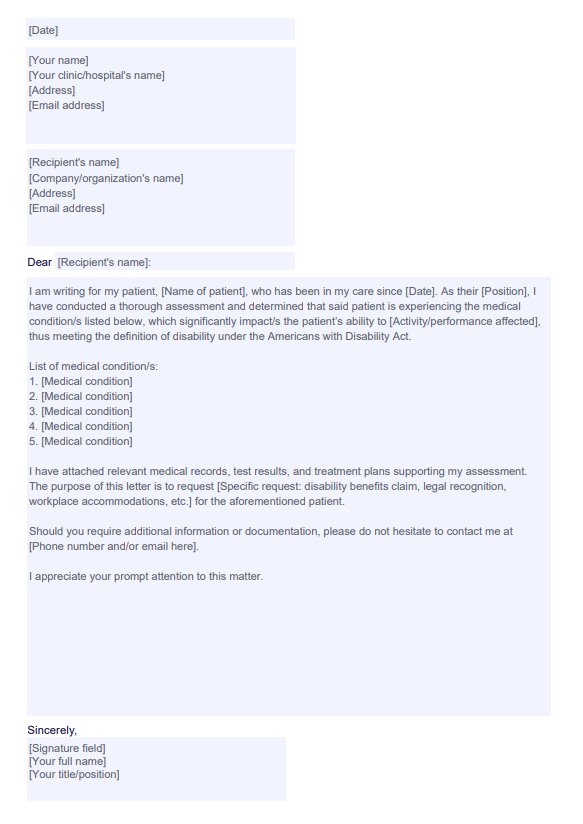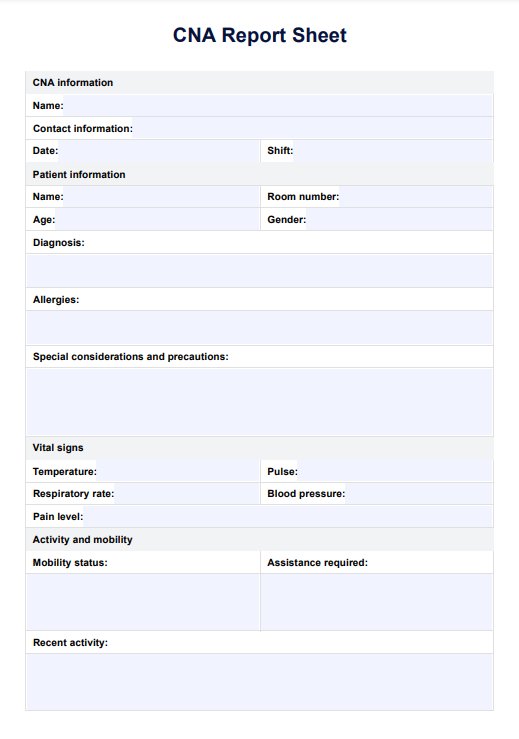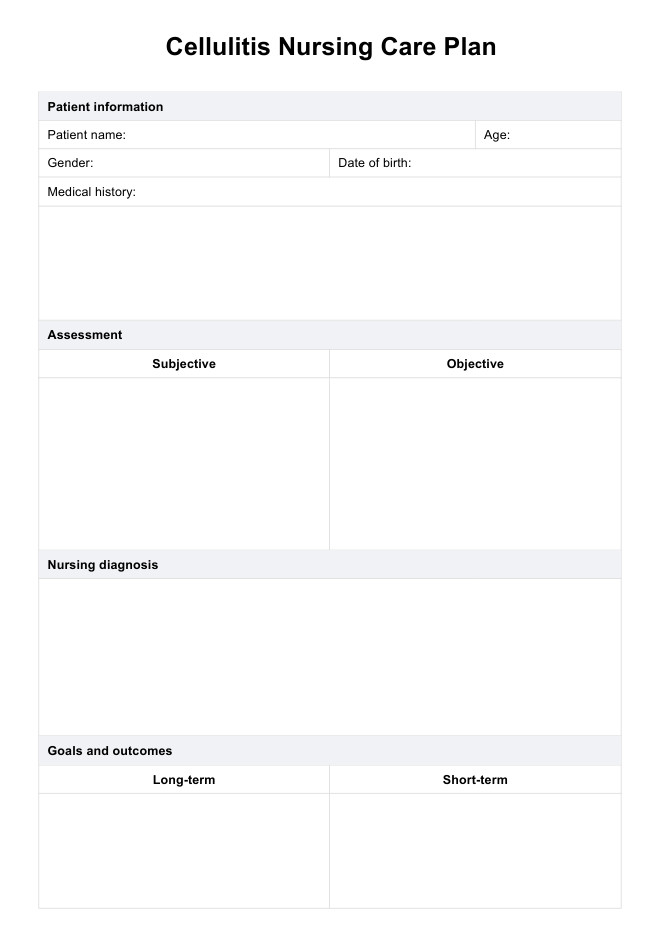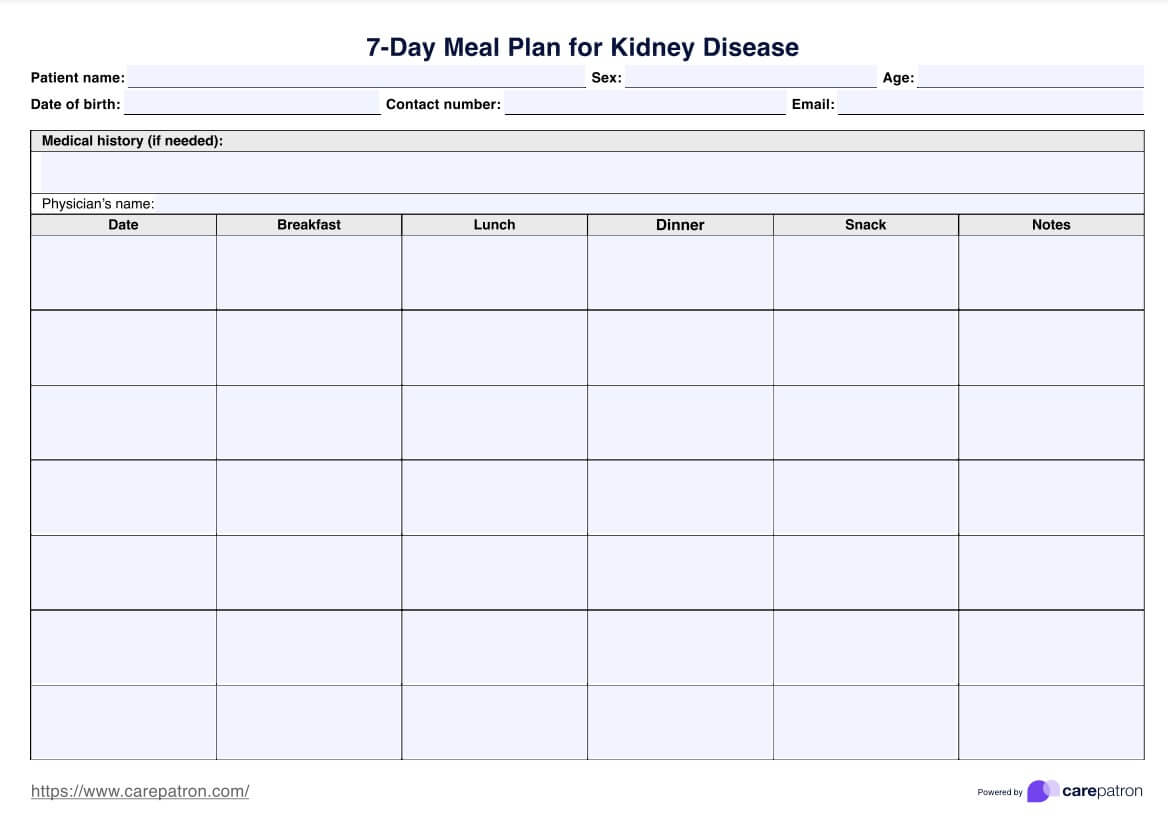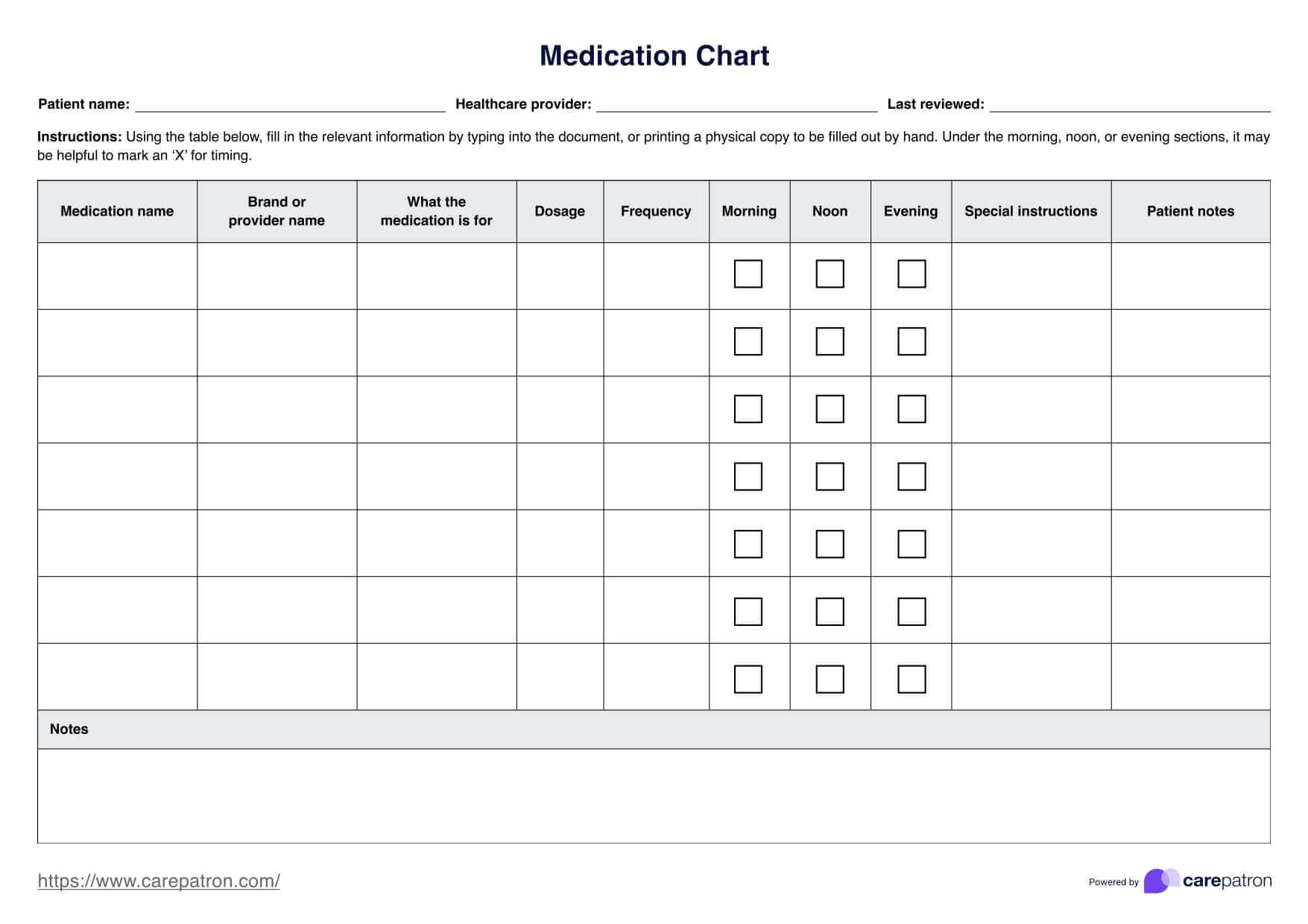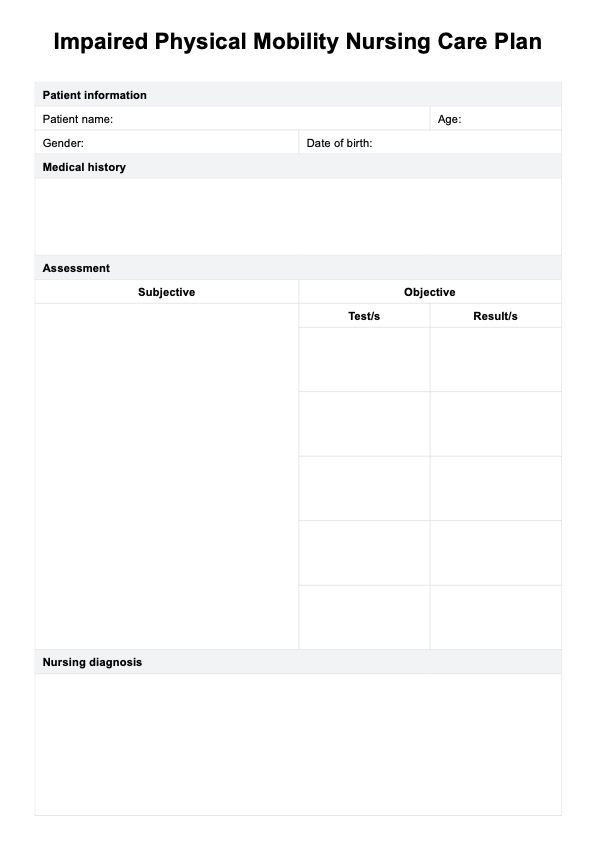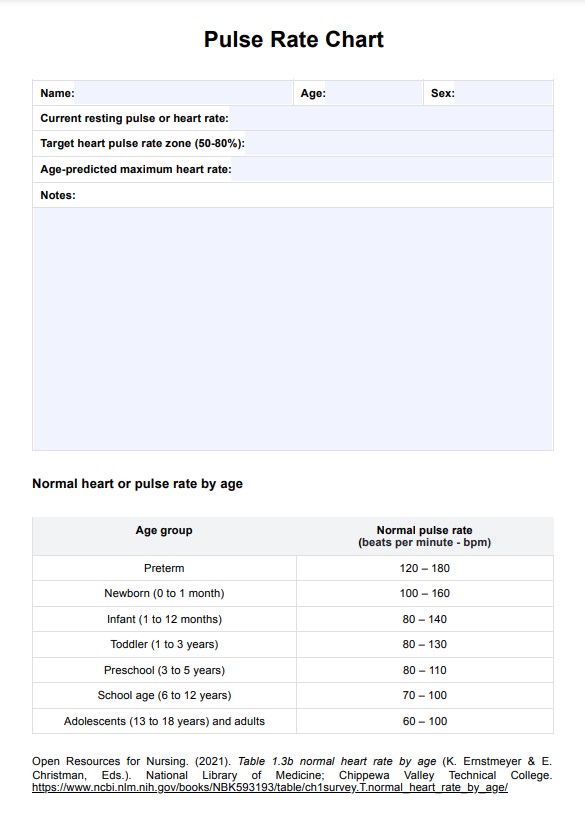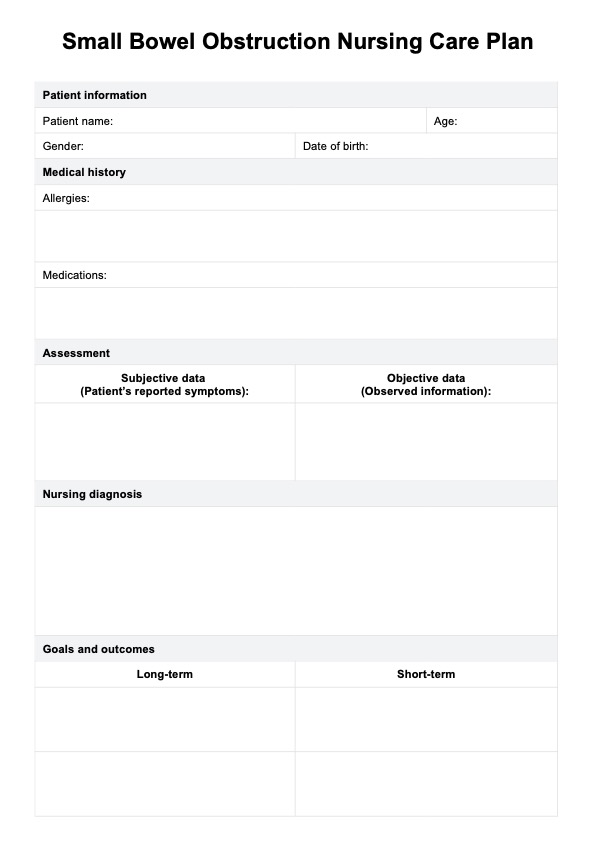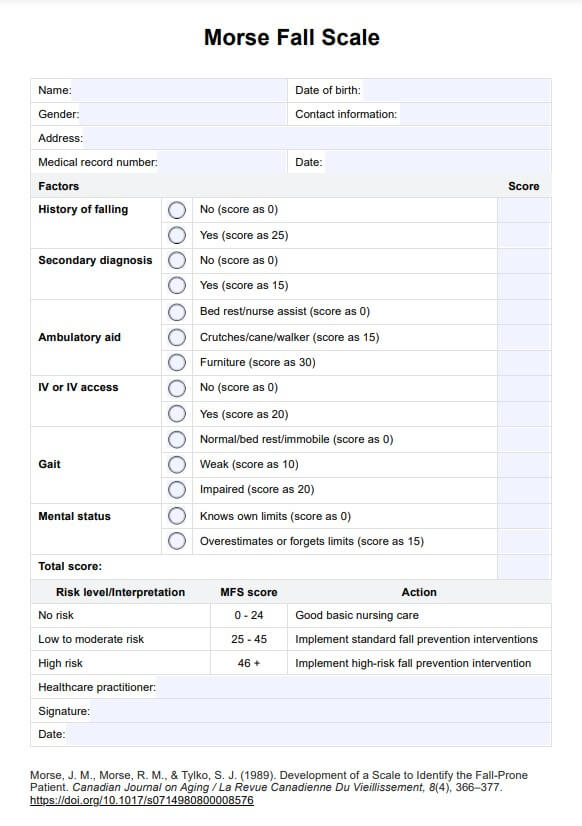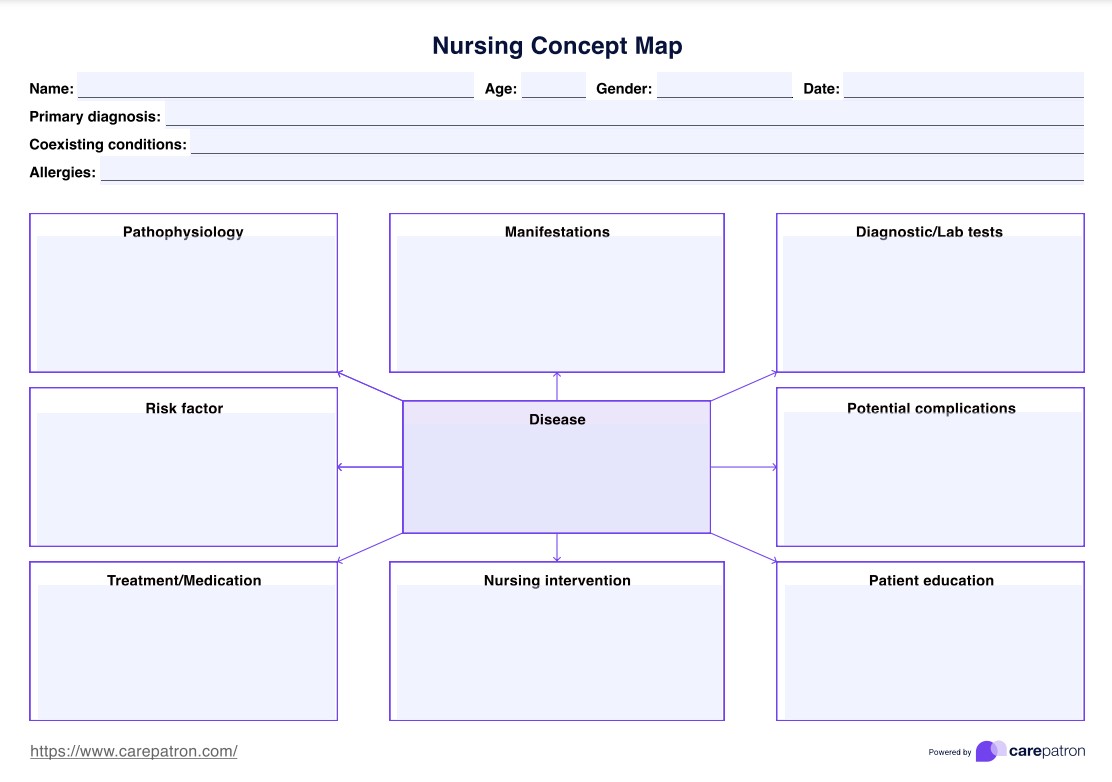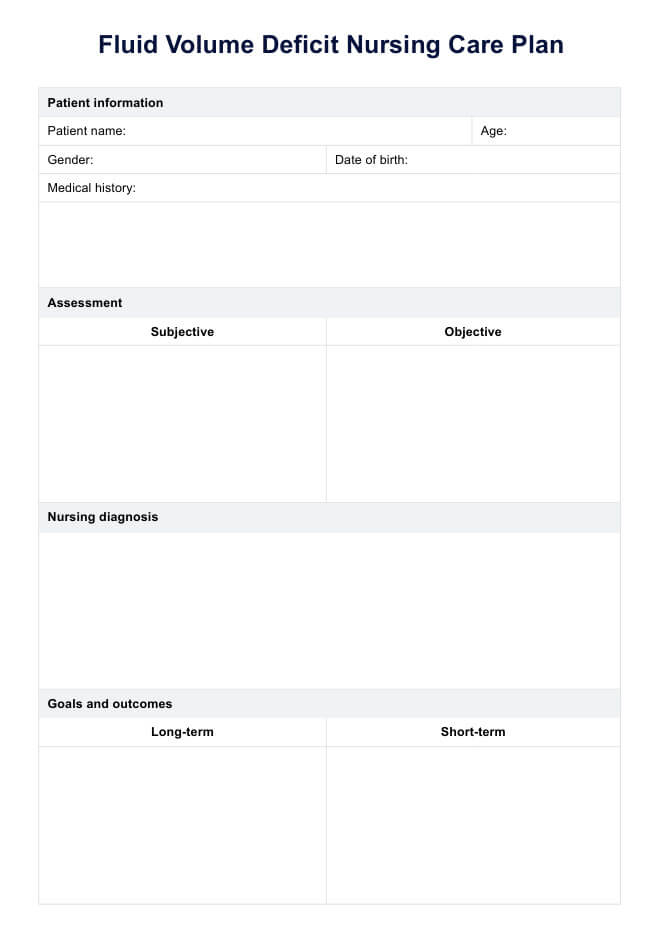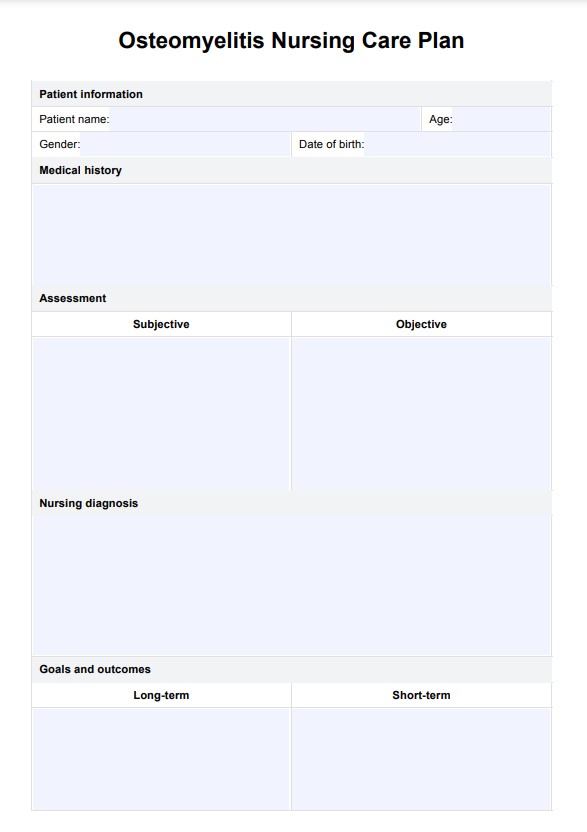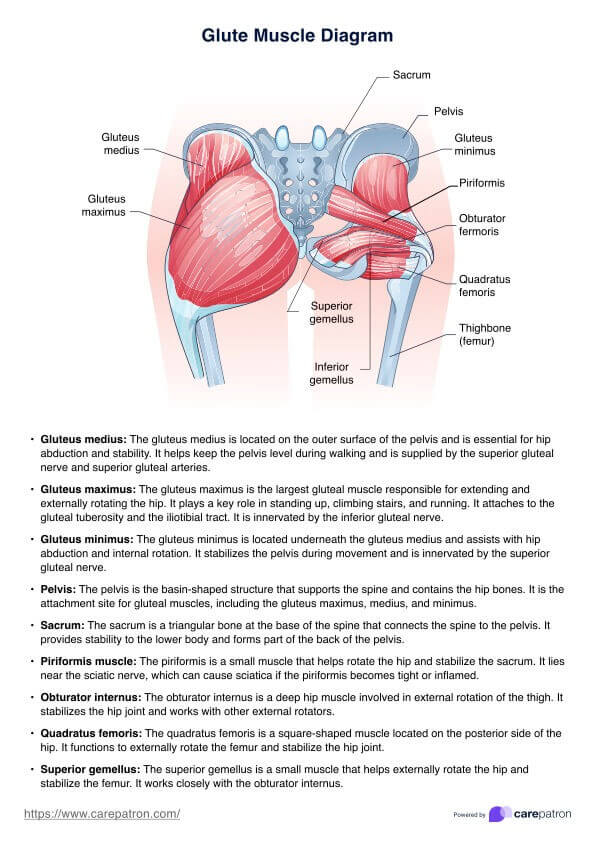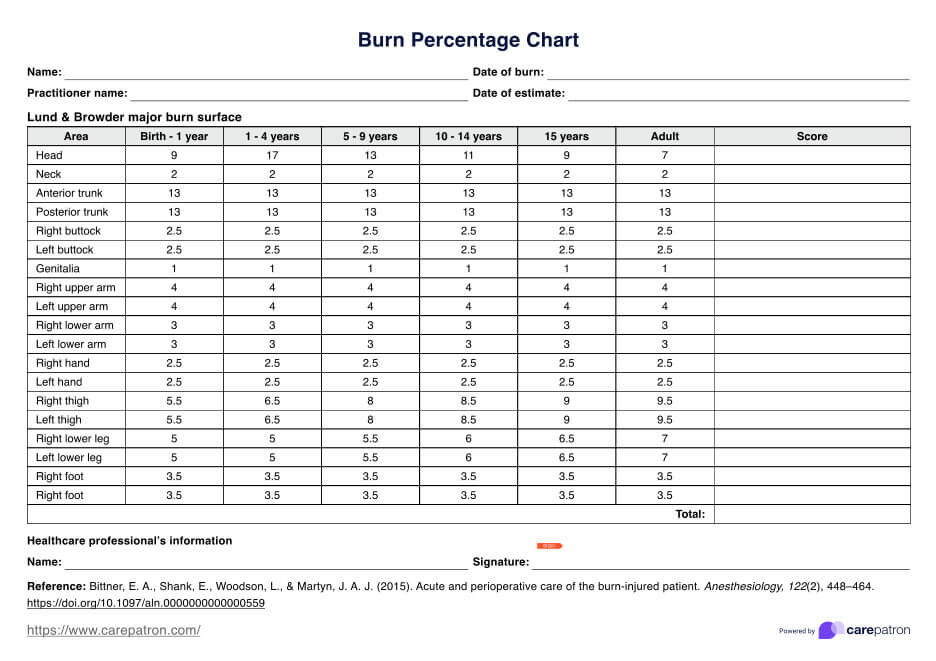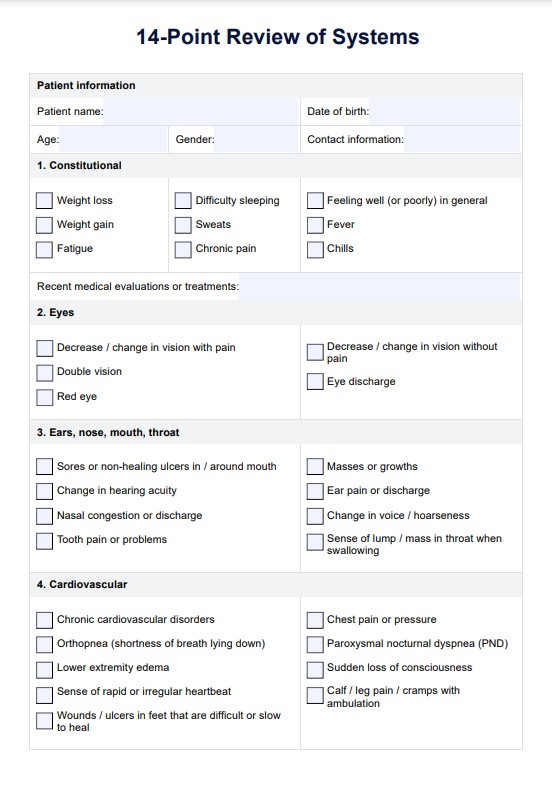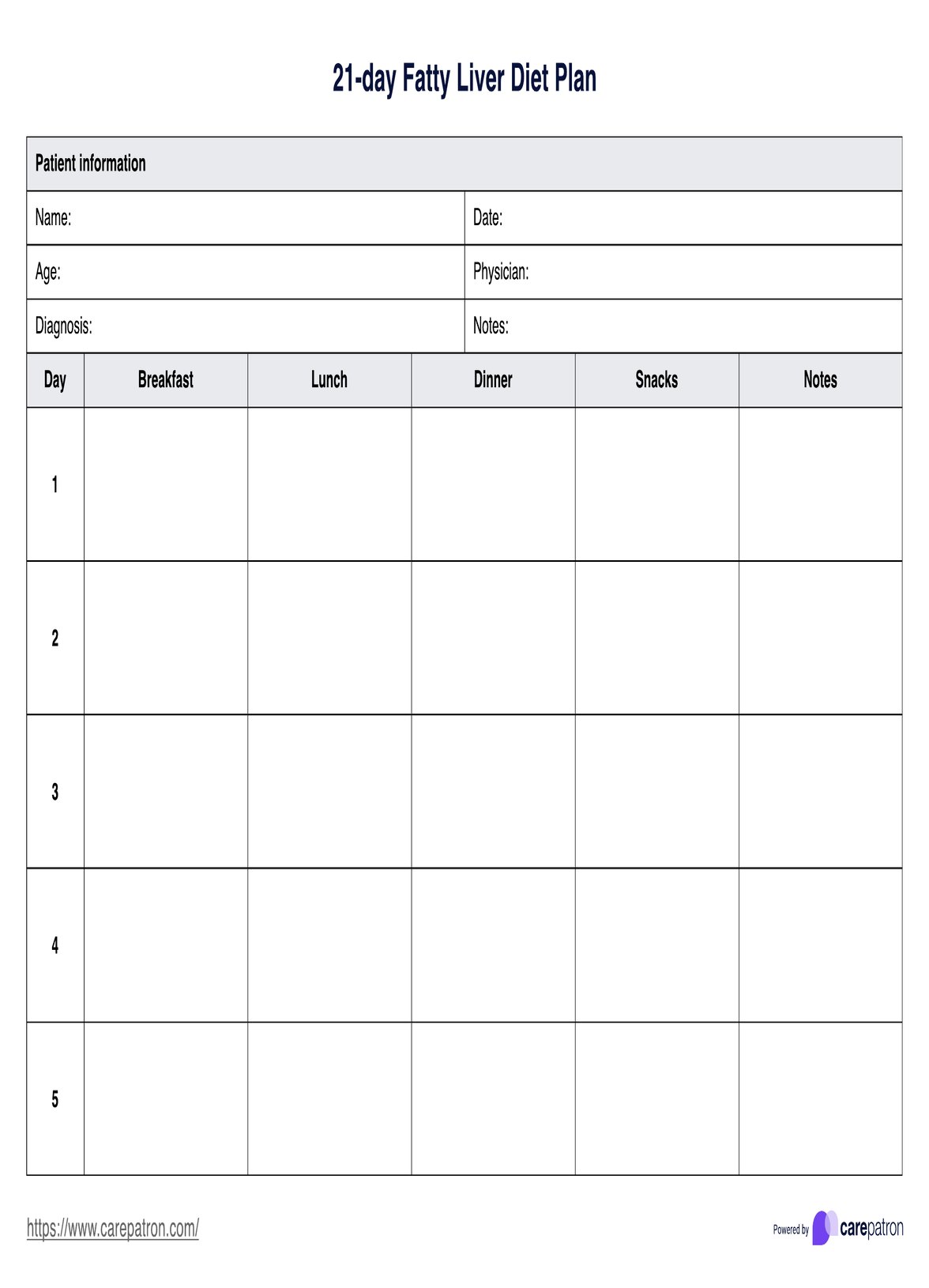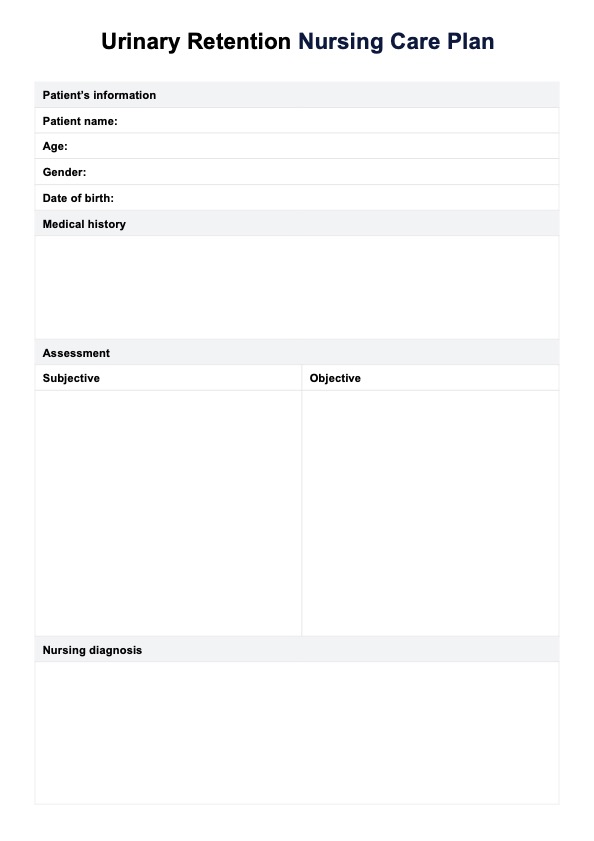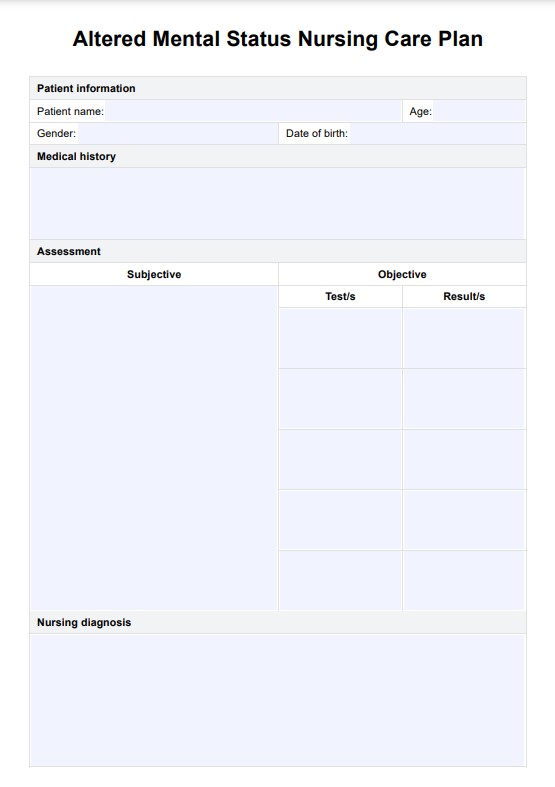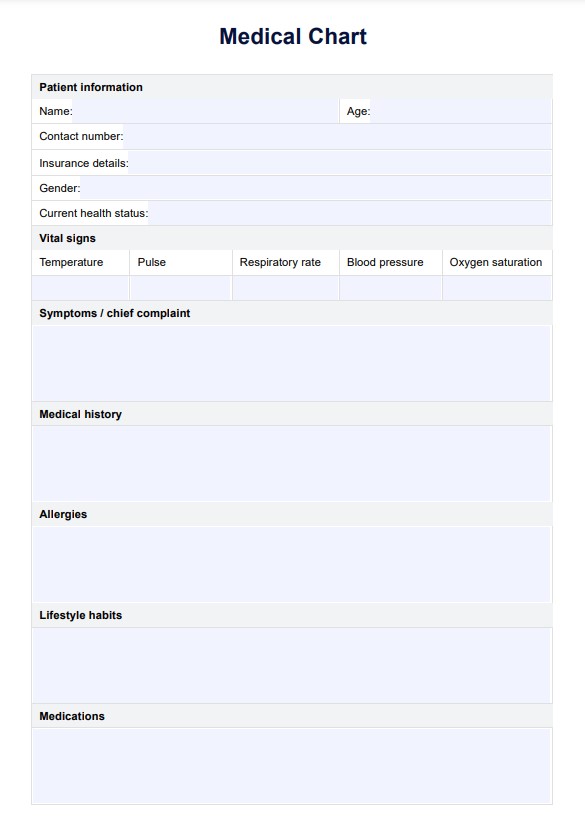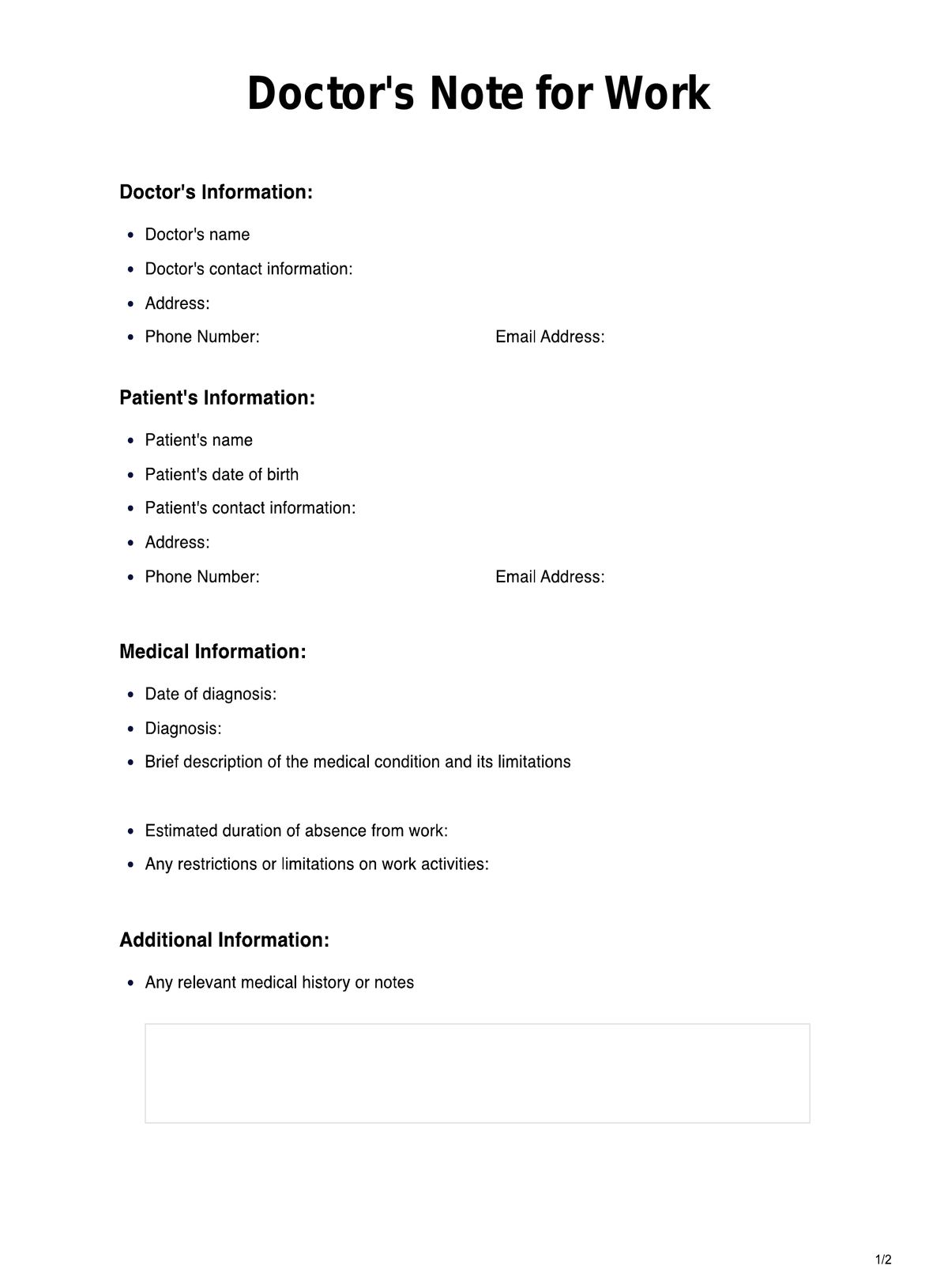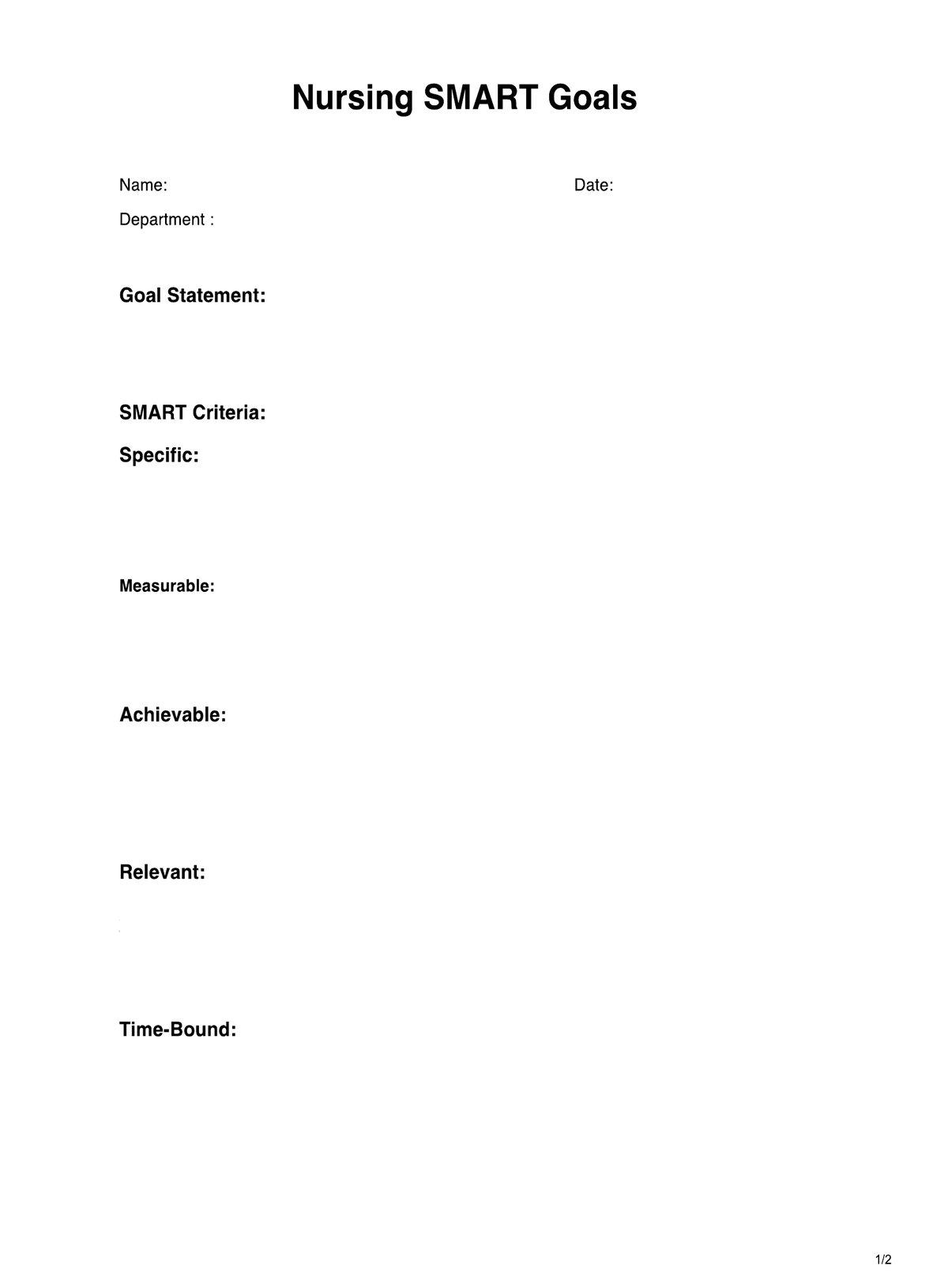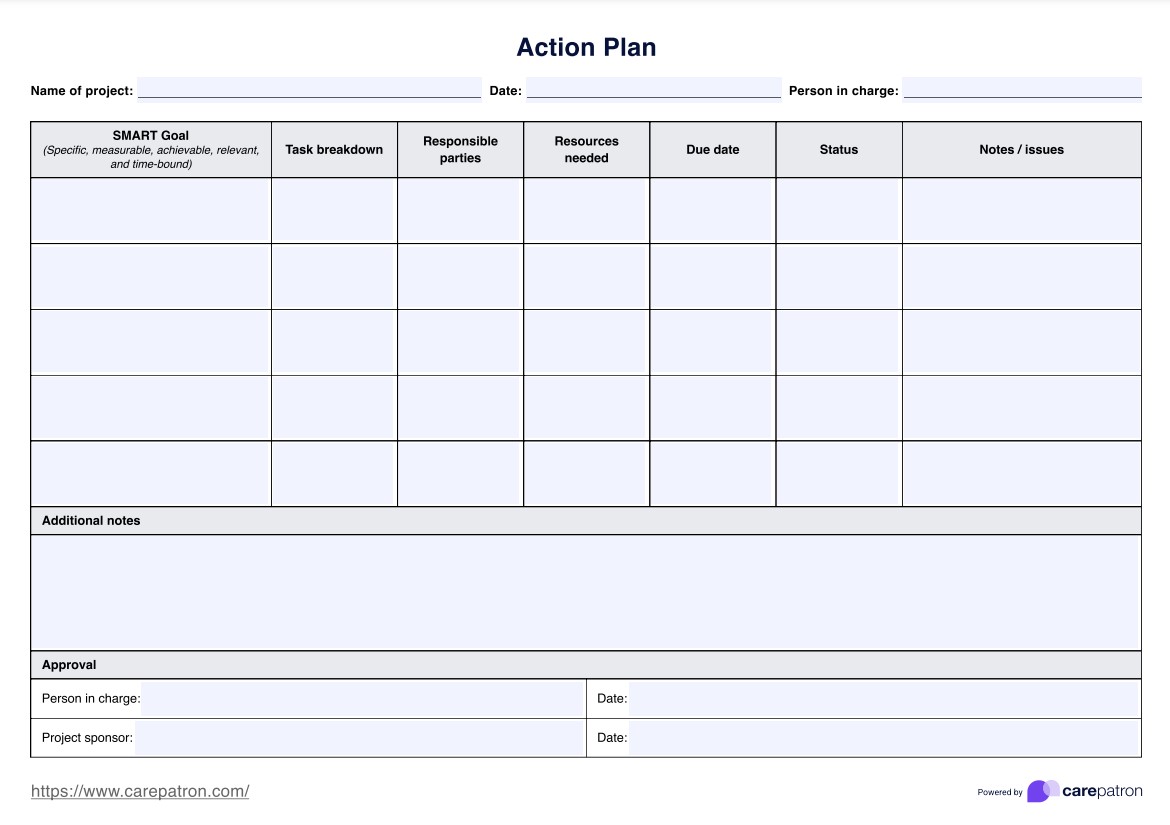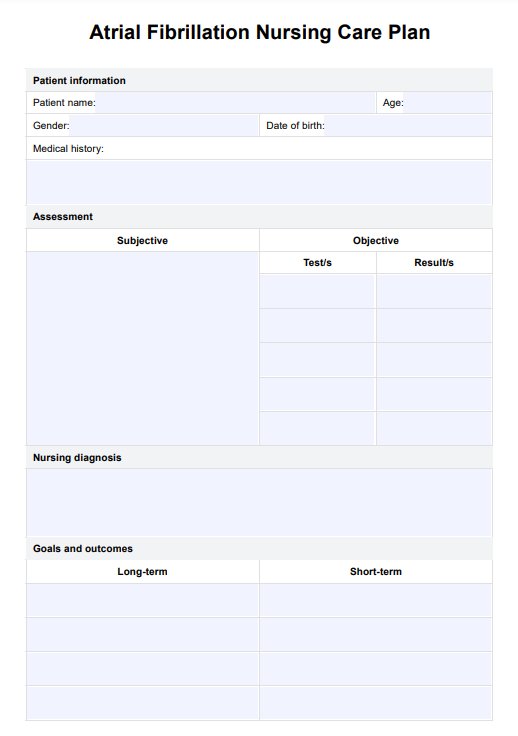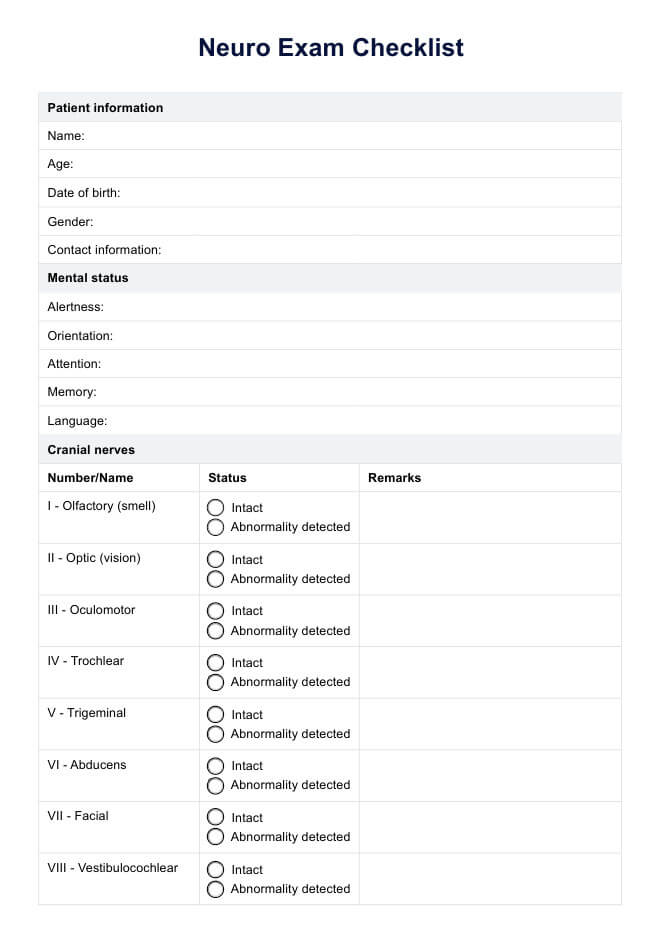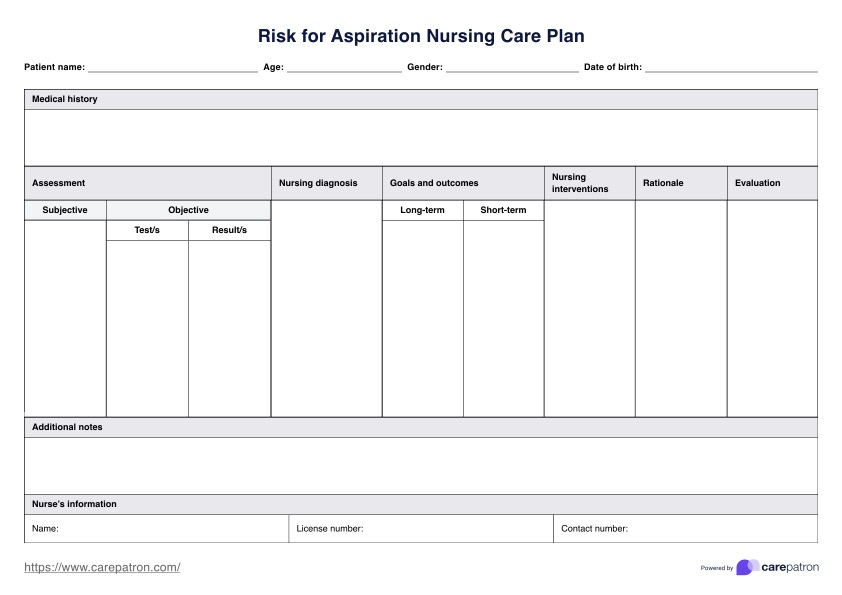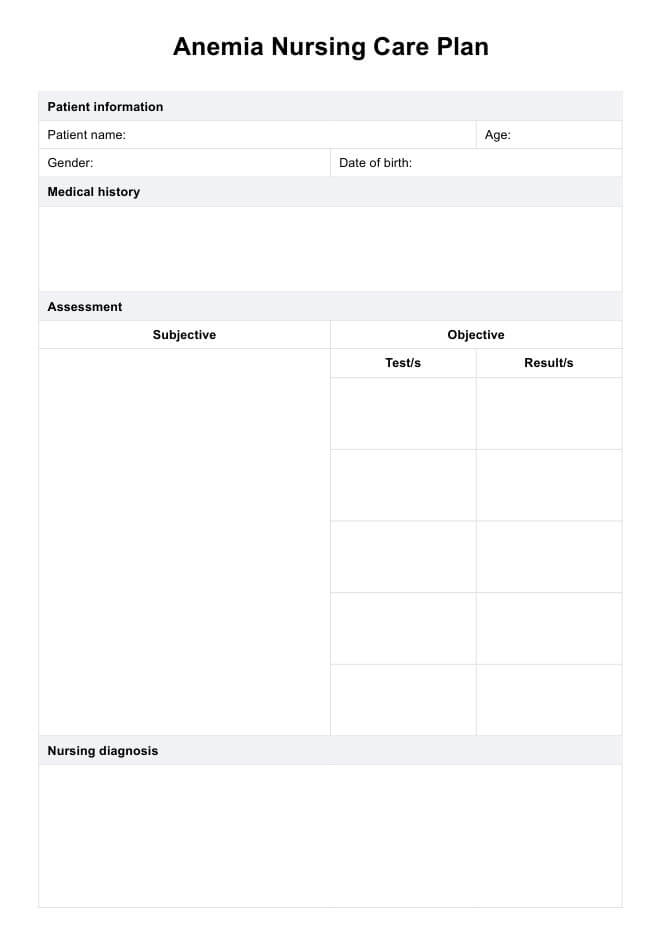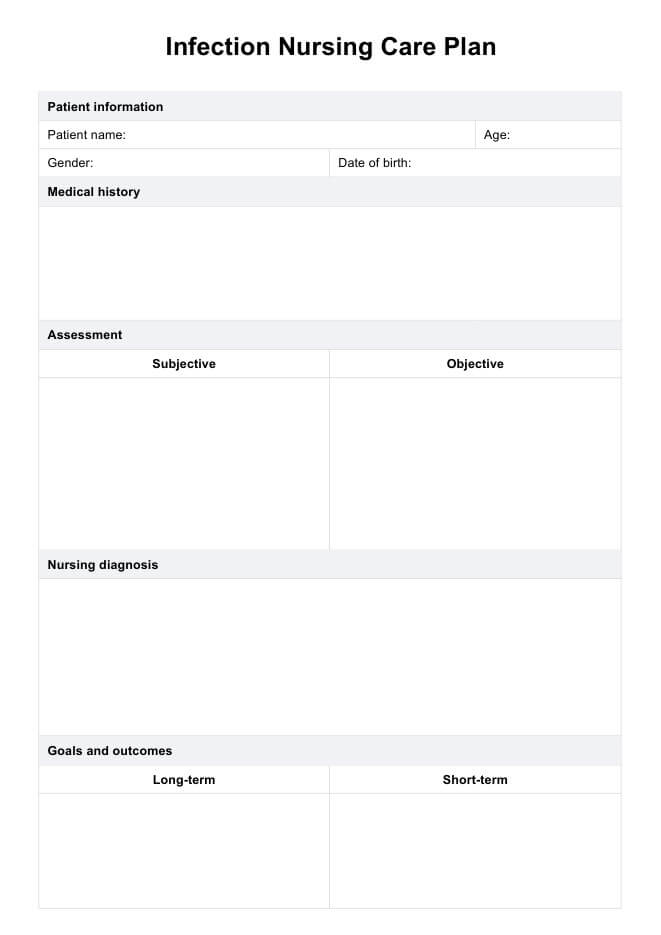A1C Conversion
Effortlessly convert A1C to average blood sugar levels with our A1C Conversion Chart. Simplify diabetes management today with this free template.


What is an A1C Conversion Chart?
A1C tests are vital in diabetes management because they provide a comprehensive overview of an individual's blood sugar levels over an extended period, typically 2-3 months. When diagnosing diabetes with A1C, consider that it indirectly measures average blood glucose levels. Still, factors like hemodialysis, pregnancy, HIV treatment, age, race or ethnicity, genetic background, and anemia/hemoglobinopathies can independently affect hemoglobin glycation (American Diabetes Association, 2020). While this test is important for healthcare professionals to gauge the effectiveness of treatments and interventions, the results, often presented as a percentage, can be abstract for patients.
This is where the A1C Conversion Chart shines. Blood glucose levels are usually measured by blood glucose meters in estimated average glucose (eAG) readings in milligrams per deciliter or millimoles per liter units (Nathan et al., 2008). On the other hand, A1C tests measure glycated hemoglobin (hemoglobin A1c/Hba1c) as a percentage. The A1C Conversion Chart is designed to bridge the gap between intricate medical data and the everyday understanding of blood sugar management. For patients with type 1 and type 2 diabetes, this conversion is critical for monitoring.
Converting A1C percentages into daily blood sugar averages offers a more tangible and relatable insight into one's health, helping patients manage diabetes more effectively. Moreover, the chart enhances patient-doctor communication. With clearer metrics, healthcare providers can better discuss treatment plans, lifestyle adjustments, and overall diabetes management strategies.
A1C Conversion Template
A1C Conversion Example
How does it work?
The A1C Conversion Chart is a meticulously designed tool that bridges the A1C test results with the eAG levels, making it easier for individuals and healthcare professionals to interpret and act upon the data. The chart shows the consistent relationships between A1C percentages and average blood glucose levels over 2-3 months.
To get the most out of the chart, follow these steps:
Step 1: Access the template
Click "Use template" to open the template in the Carepatron app. On the app, you can customize it, print it, or share it. You can also get a non-editable PDF version by clicking "Download."
Step 2: Obtain A1C results
Retrieve your patient's A1C test result, usually given as a percentage, from a certified laboratory report or the patient's healthcare records.
Step 3: Determine the estimated average glucose values
Locate the specific A1C percentage on the A1C Conversion Chart. Then, find the corresponding eAG value next to the A1C percentage, presented in mg/dL or mmol/L. This value indicates the patient's estimated average blood glucose level over the past few months.
Step 4: Interpret the eAG
Use the eAG value to understand the patient's daily blood sugar levels, similar to frequent blood glucose meter readings. Understanding eAG values is crucial in managing diabetes effectively:
- Lower eAG values: A lower eAG suggests that blood sugar levels have been closer to the target range set by healthcare providers. This indicates effective diabetes management and reduces the risk of long-term complications such as neuropathy, retinopathy, and cardiovascular diseases.
- Higher eAG values: Elevated eAG values indicate that blood sugar levels have been higher than desired over the past few months. This might signal the need to re-evaluate the current treatment plan, dietary habits, or medication dosages.
Step 5: Discuss with the patient
Discuss the results with the patient, providing context, recommending potential adjustments to their diabetes management plan, and answering any questions they may have. It is highly recommended that you teach them about the conversion so that they can monitor their own blood glucose.
When would you use this chart?
Intensive treatment helps to slow down diabetic eye, kidney, and nerve damage in those with insulin-dependent diabetes (The Diabetes Control and Complications Trial Research Group, 1993). This highlights the need for reliable A1C testing and using conversion charts. Measuring the A1C percentage in the blood provides an overview of your average blood glucose control over the previous months.
Here are the four scenarios where the chart proves invaluable:
- Routine medical check-ups: The chart helps translate A1C lab results into understandable terms, allowing for a more comprehensive discussion about blood sugar management.
- Goal setting: Maintaining optimal blood sugar levels is crucial for individuals with diabetes. The chart assists in setting tangible blood sugar targets, ensuring that both short-term and long-term goals align with overall health objectives.
- Treatment evaluation: Diabetes management often involves a combination of medications, dietary changes, and lifestyle adjustments. By comparing successive A1C results and their corresponding eAG values, healthcare providers can gauge the effectiveness of ongoing treatments and make necessary modifications.
- Patient education: The A1C Conversion Chart demystifies the relationship between daily blood glucose readings and long-term glycemic control.
Benefits of using this chart
The A1C test and the A1C Conversion Chart are cornerstones in diabetes management. When A1C results are converted to eAG using the chart, they become more tangible, mirroring the numbers on daily glucose monitors. Here are the benefits of using the chart:
Enhances understanding of eAG
The estimated Average Glucose (eAG) measures the average blood sugar levels over a period. It's expressed in the same units (mg/dL or mmol/L) as daily blood glucose monitoring, making it more relatable for individuals with diabetes.
Assists in assessing risk factors
Consistently high eAG values can be a precursor to potential diabetes-related complications. It's crucial to understand that while occasional spikes in blood sugar might not be immediately harmful, sustained elevated levels can harm various organs and systems.
Guides treatment
The conversion chart helps understand past blood sugar control and forecast future health outcomes. Regularly comparing eAG values over time can guide treatment adjustments, ensuring that individuals with diabetes get the best possible care tailored to their needs.
References
American Diabetes Association. (2020). Classification and diagnosis of diabetes: Standards of medical care in diabetes—2020. Diabetes Care, 43(Supplement 1), S14–S31. https://doi.org/10.2337/dc20-s002
Nathan, D. M., Kuenen, J., Borg, R., Zheng, H., Schoenfeld, D., & Heine, R. J. (2008). Translating the A1C assay into estimated average glucose values. Diabetes Care, 31(8), 1473–1478. https://doi.org/10.2337/dc08-0545
The Diabetes Control and Complications Trial Research Group. (1993). The effect of intensive treatment of diabetes on the development and progression of long-term complications in insulin-dependent diabetes mellitus. New England Journal of Medicine, 329(14), 977–986. https://doi.org/10.1056/nejm199309303291401
Commonly asked questions
If the blood sugar in your red blood cells is 140 mg/dL, your estimated A1C would be approximately 6.5%. This is calculated using the formula eAG = (28.7×A1C)−46.7. For easier conversion, access our template, which contains a table of A1C percentages in intervals of 0.5% and their equivalent eAG value in mg/dL and mmol/L.
To convert A1C numbers at home, you can use the formula eAG=(28.7×A1C)−46.7 to calculate your estimated average glucose in mg/dL from your A1C percentage. Youcan also use our template to see the equivalent eAG value for each A1C percentage.
You can calculate your A1C by measuring your average blood glucose levels over the past two to three months, typically using a continuous glucose monitor (CGM) or regular blood glucose testing, and then applying the formula A1C=(eAG+46.7)/28.7 to estimate your A1C percentage from your eastimated average glucose level.

.jpg)
